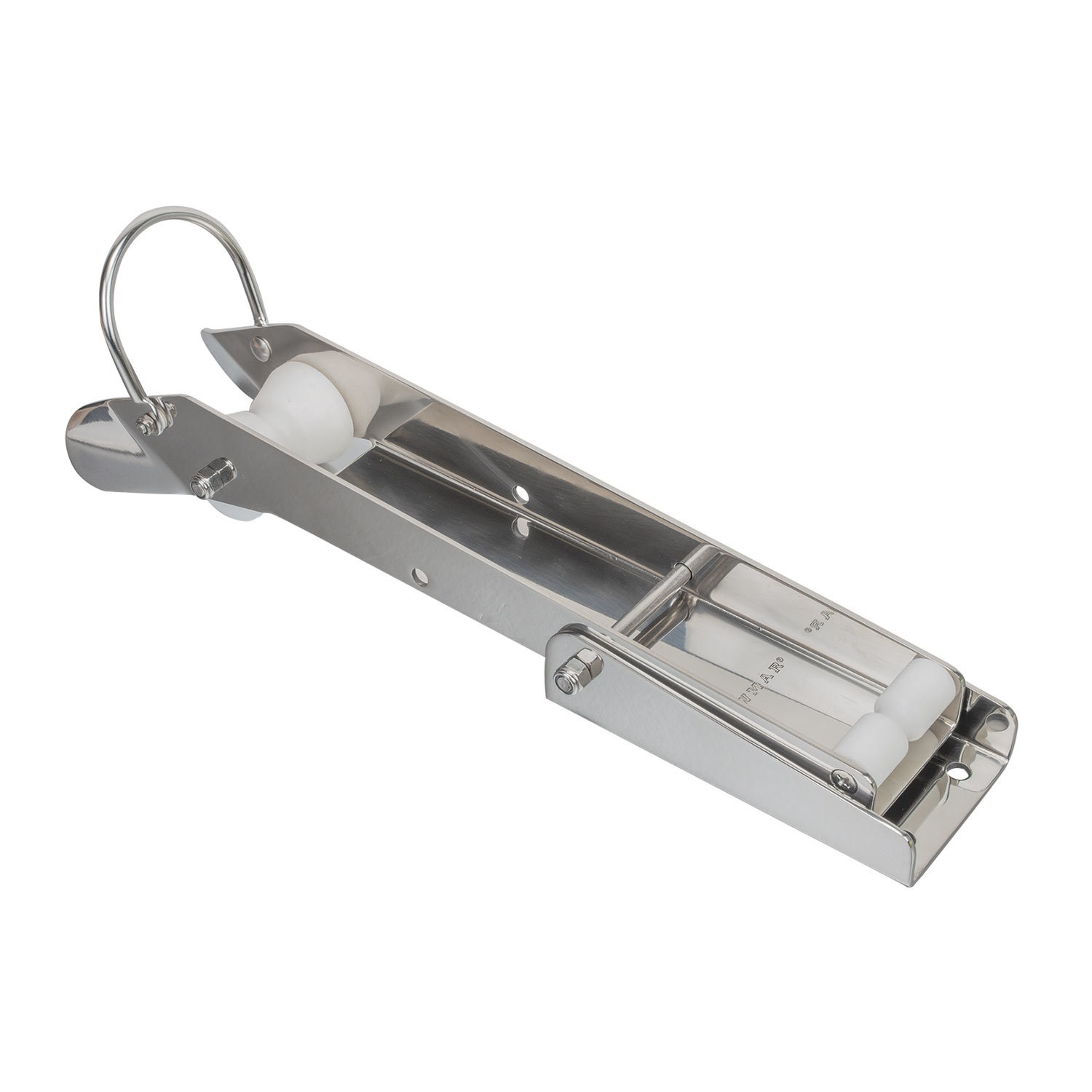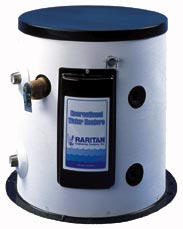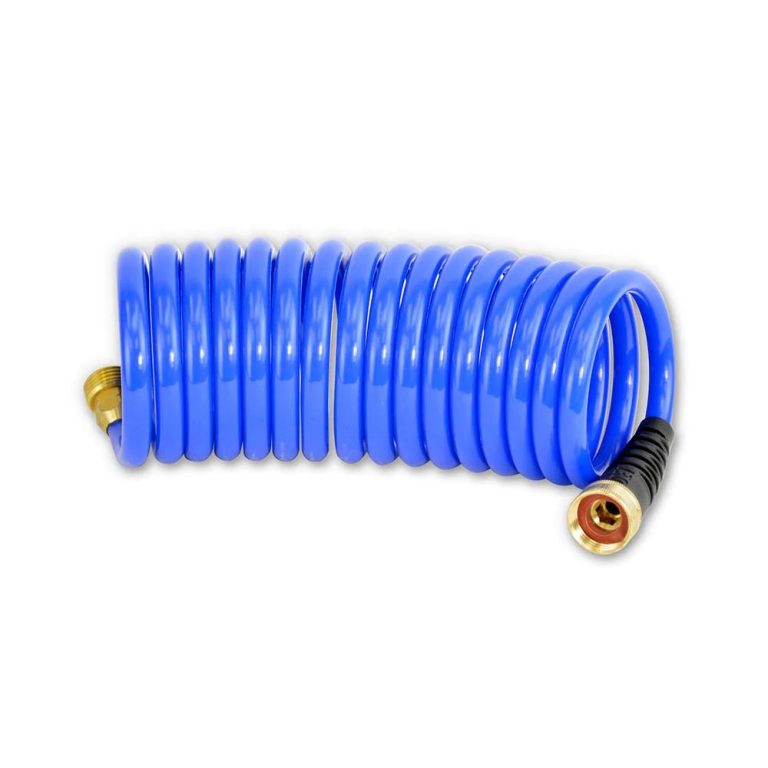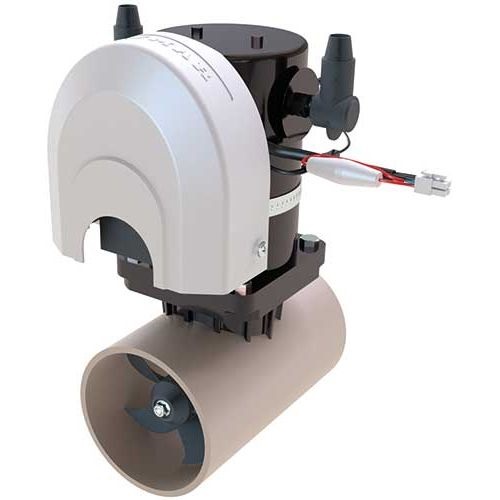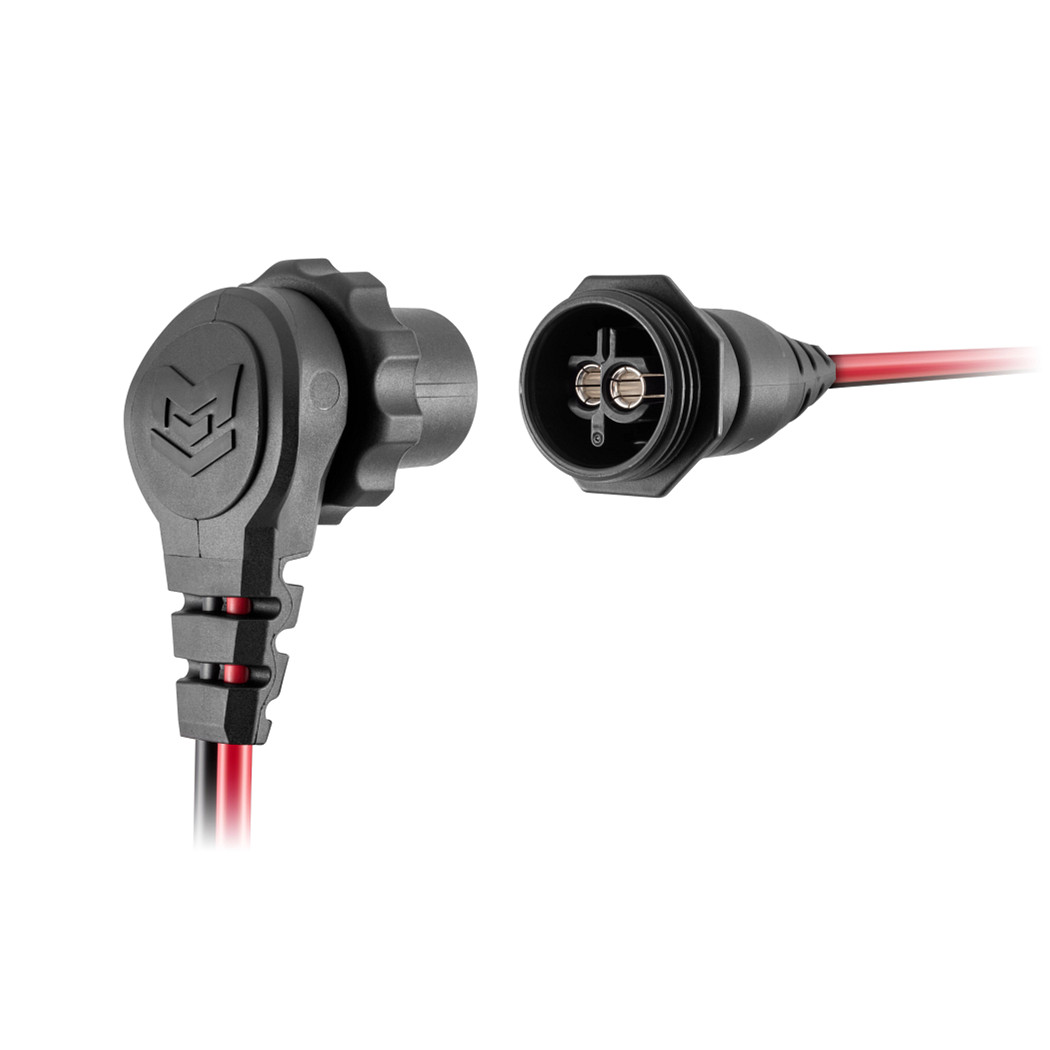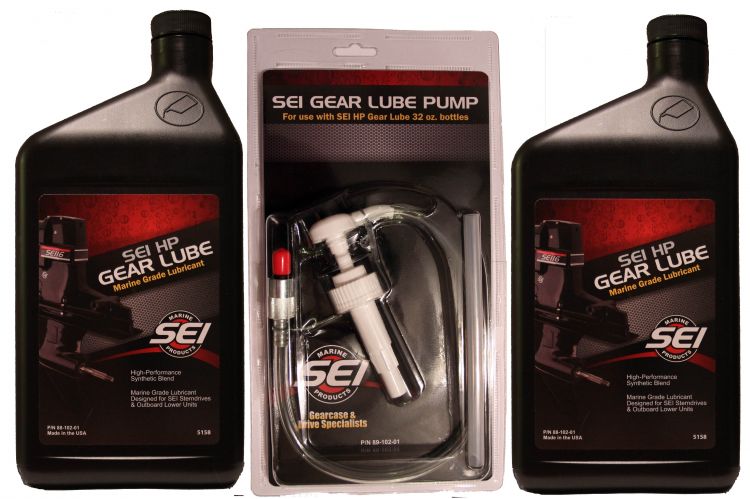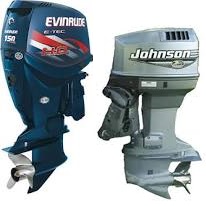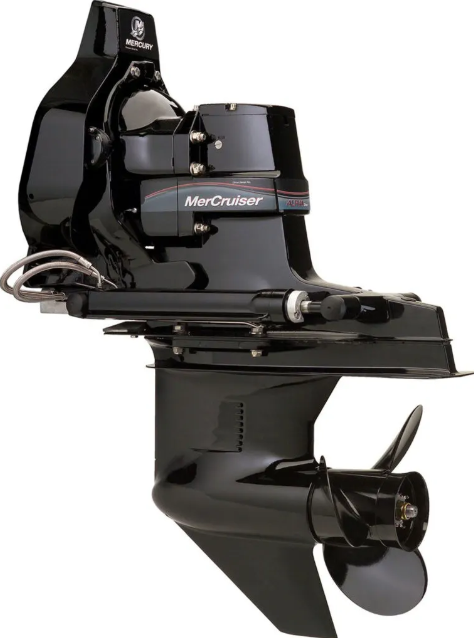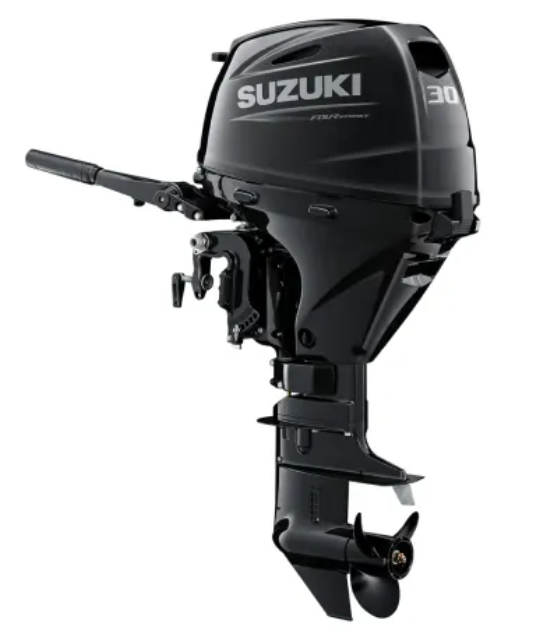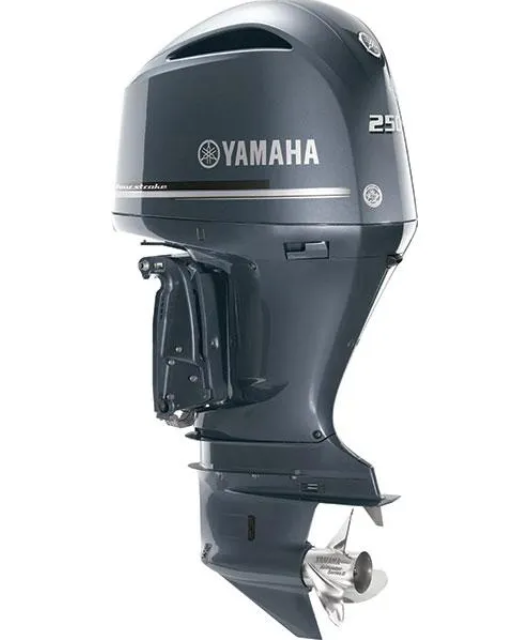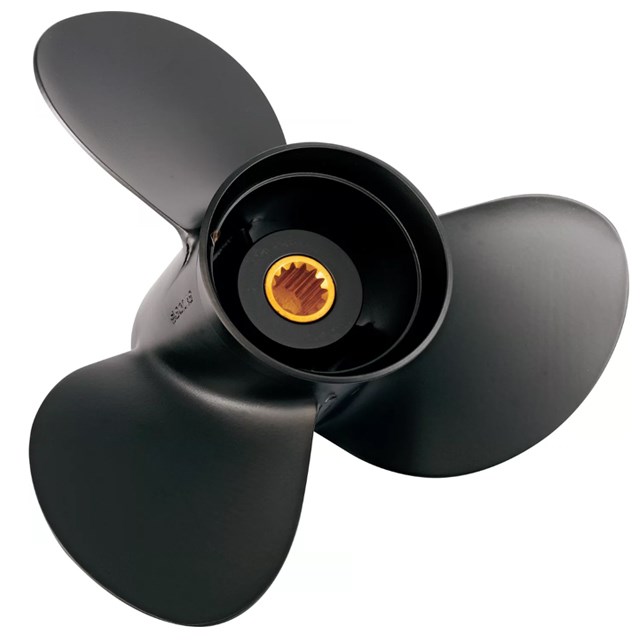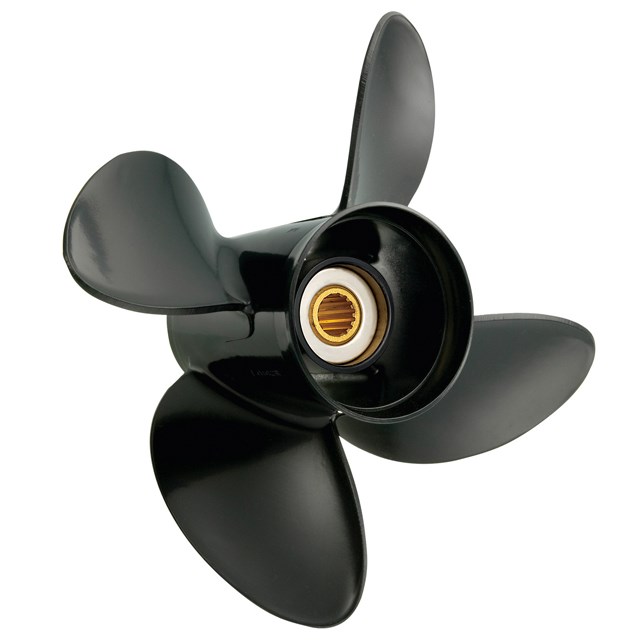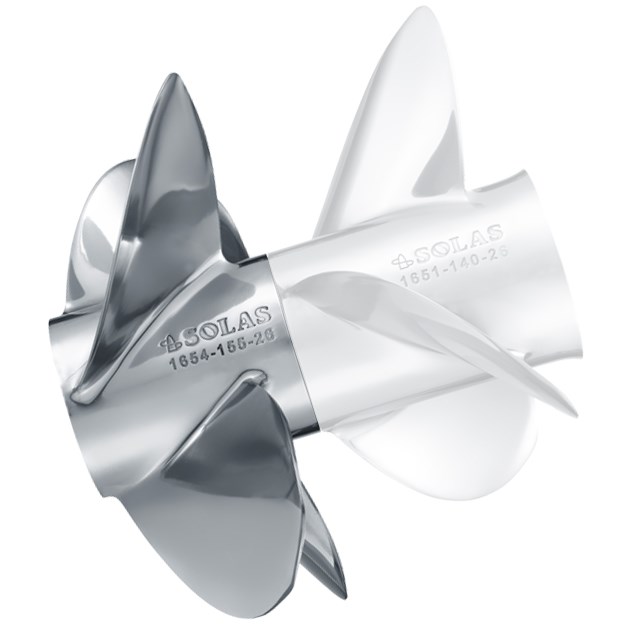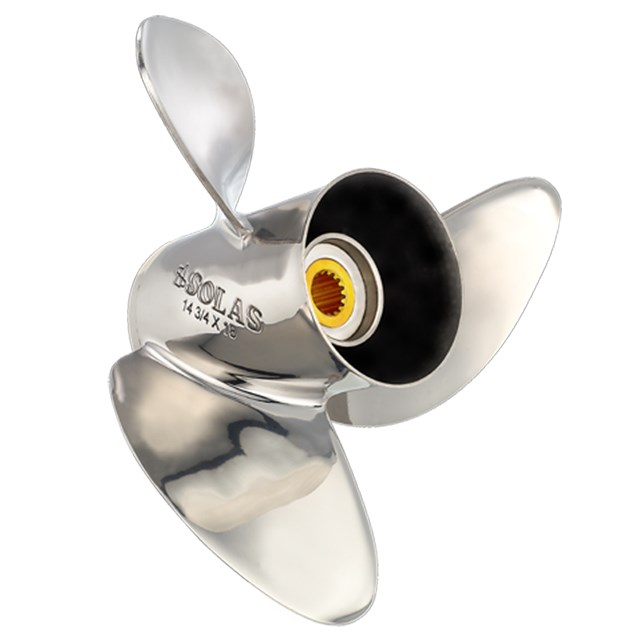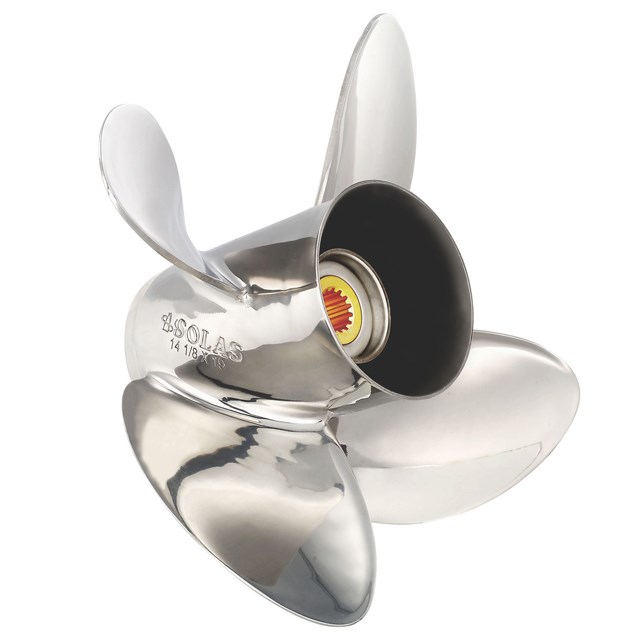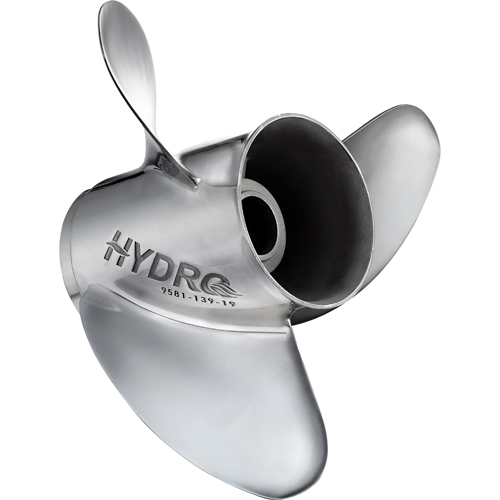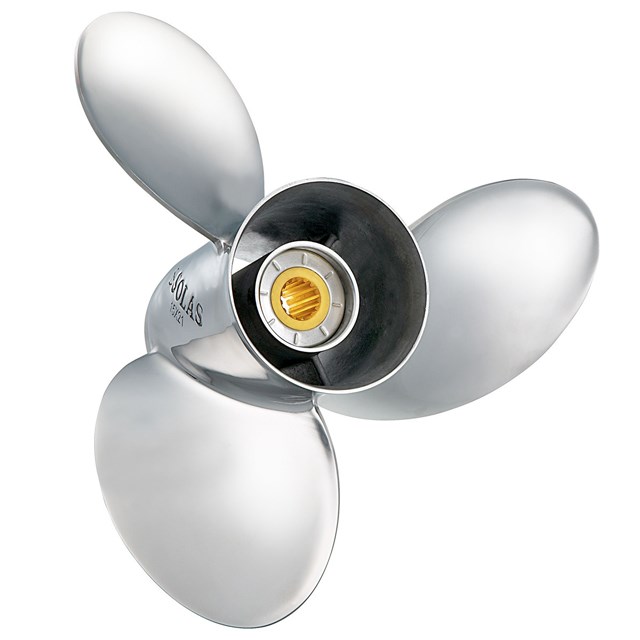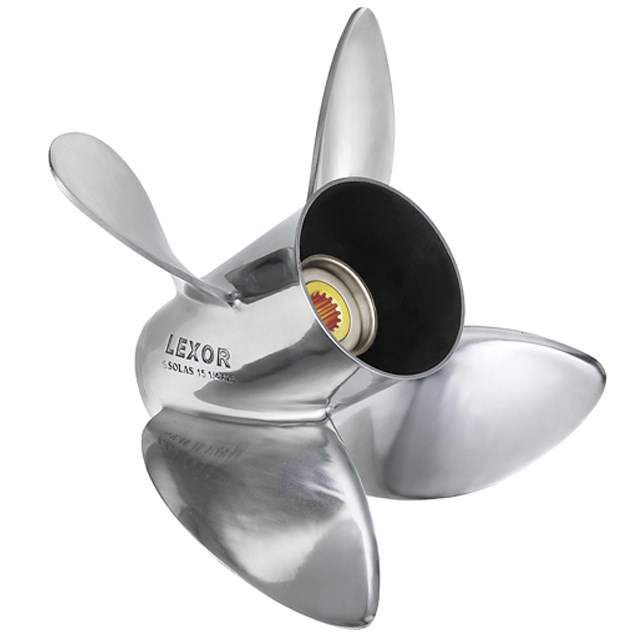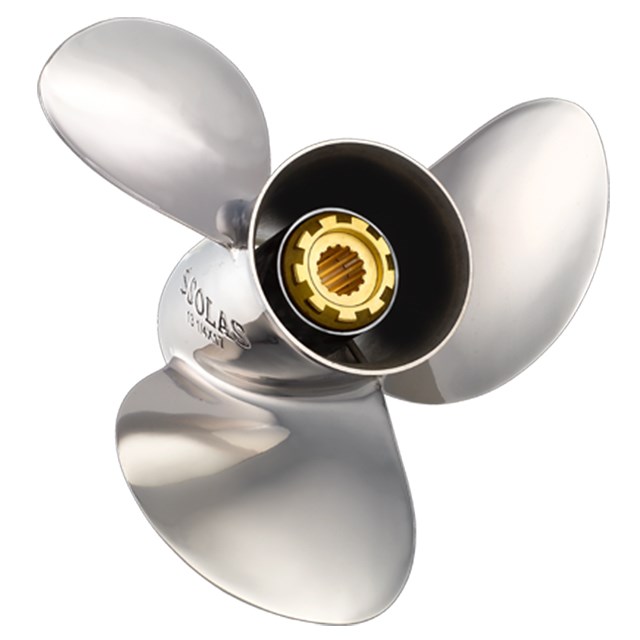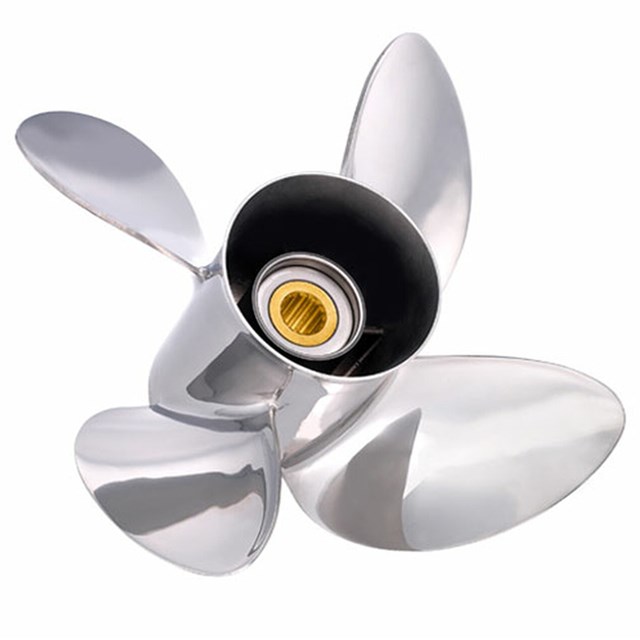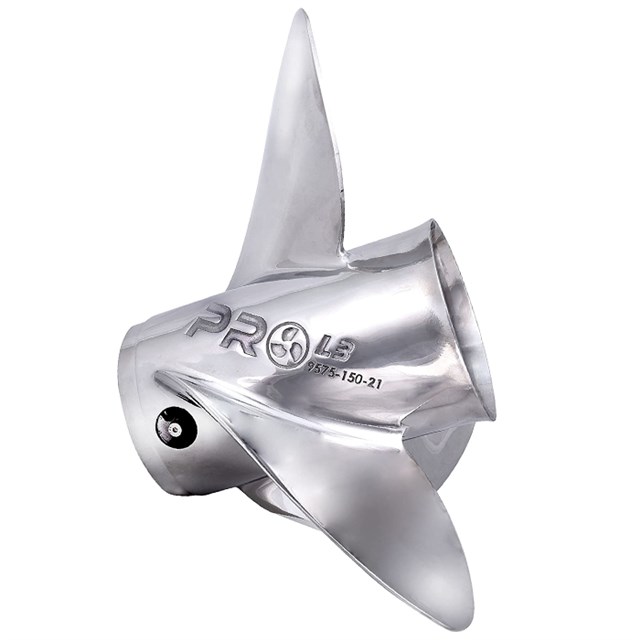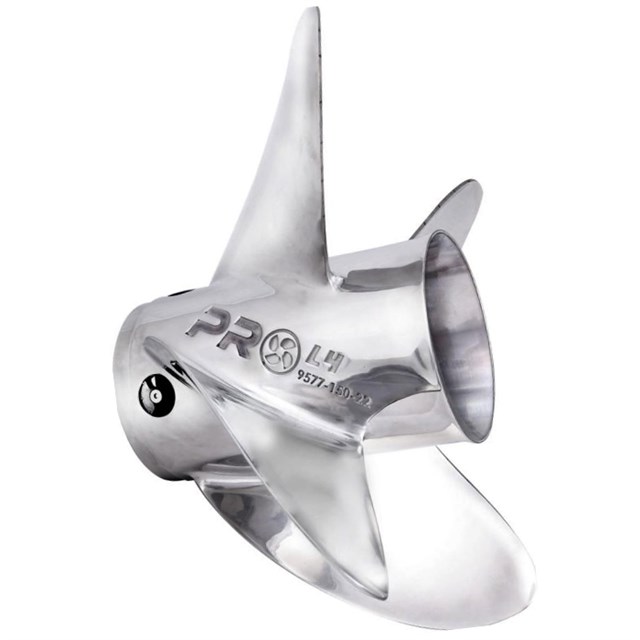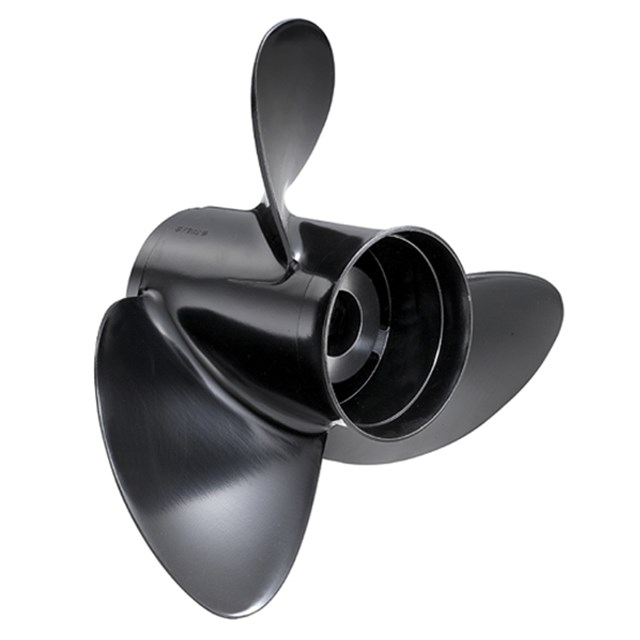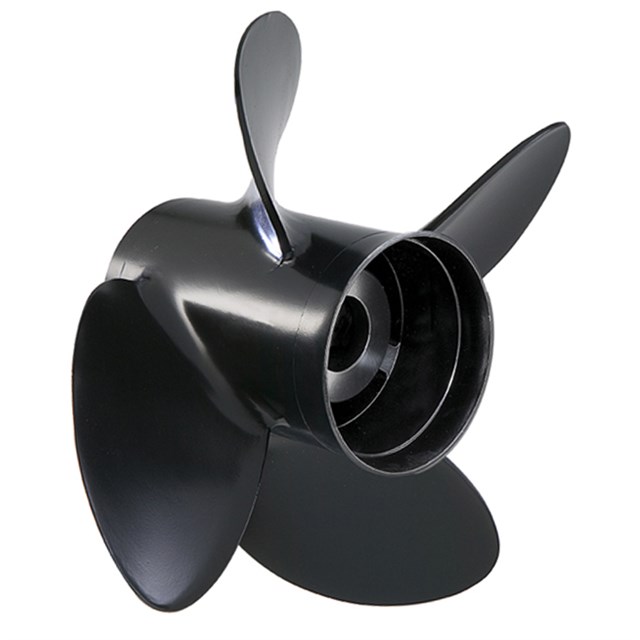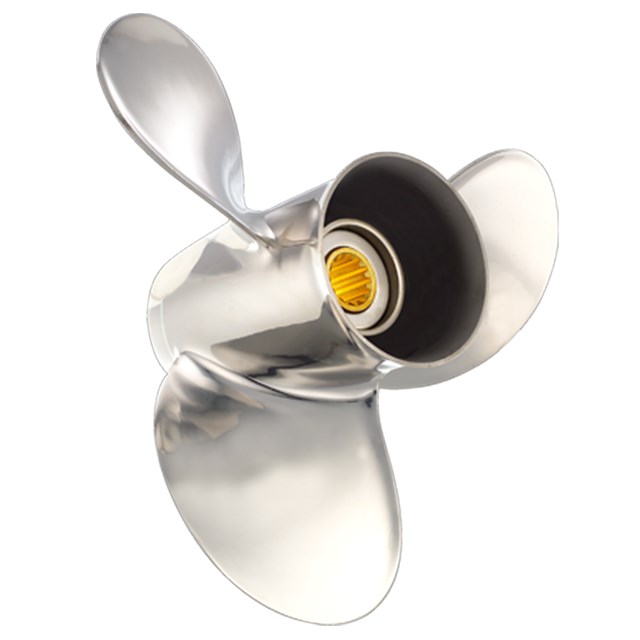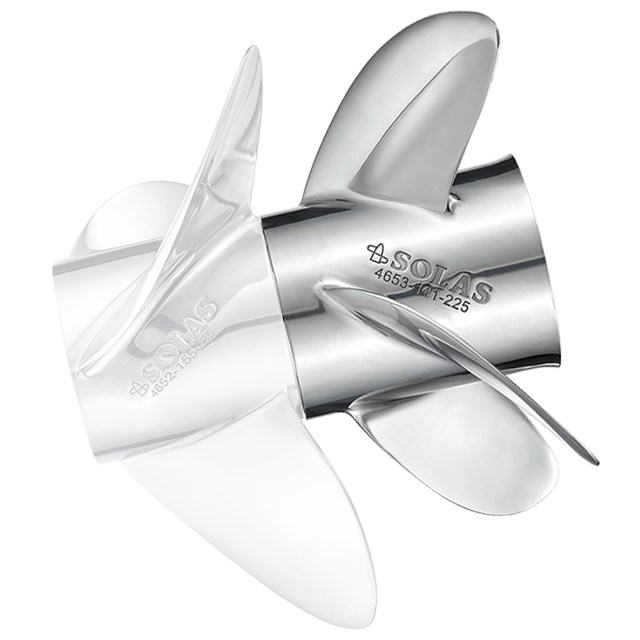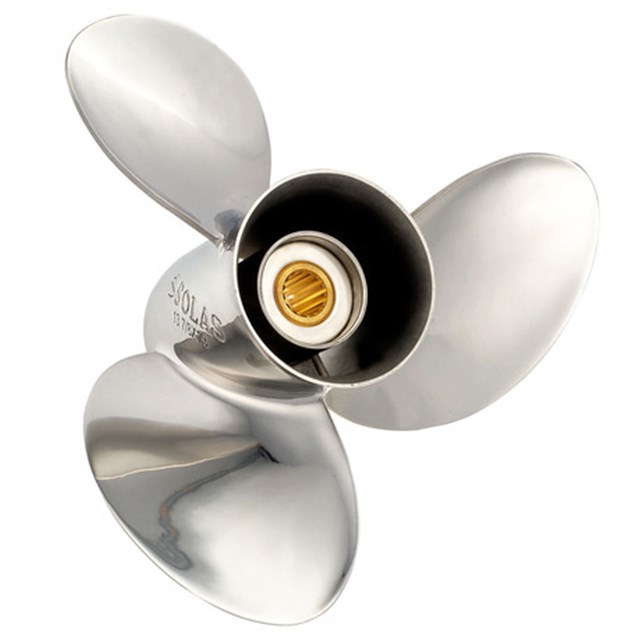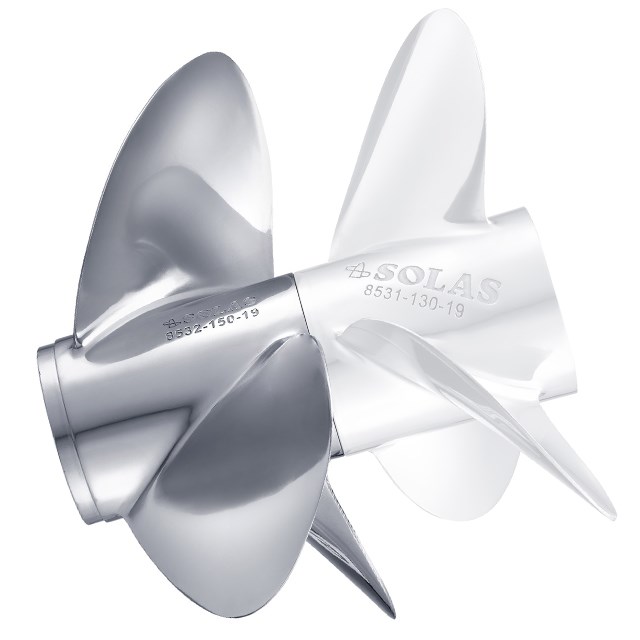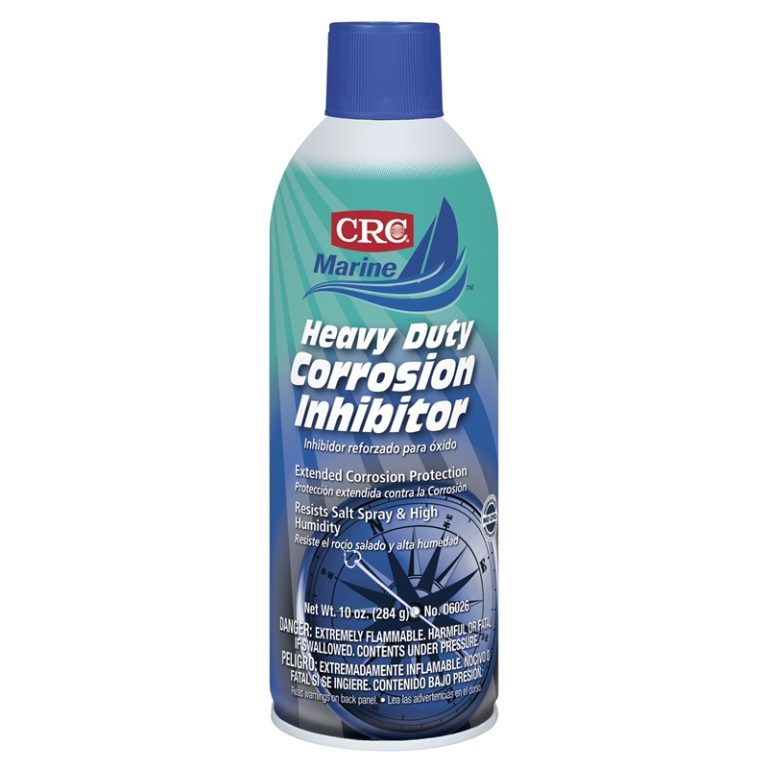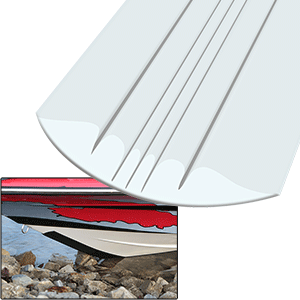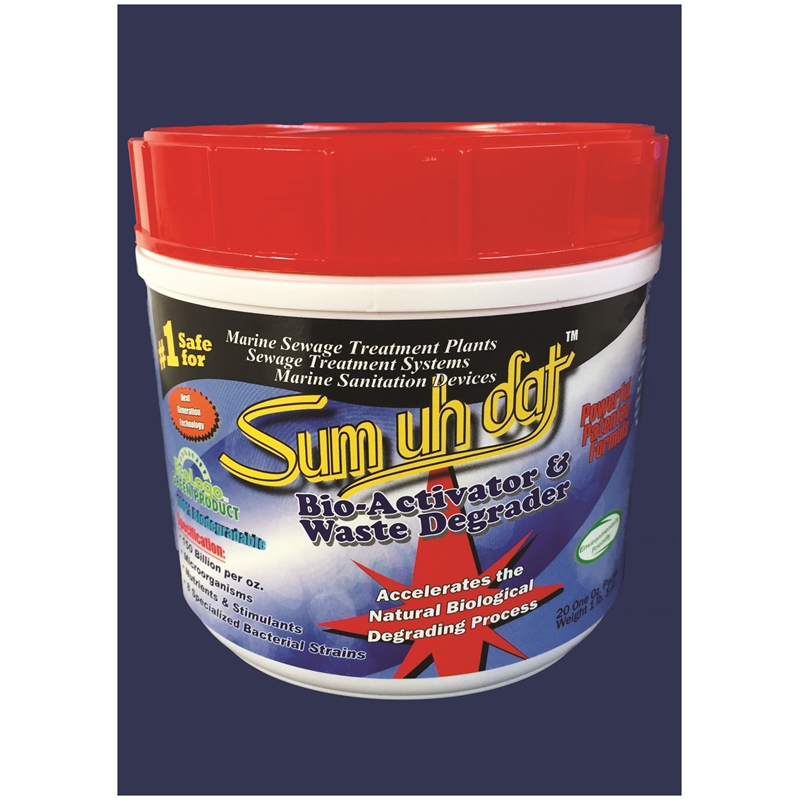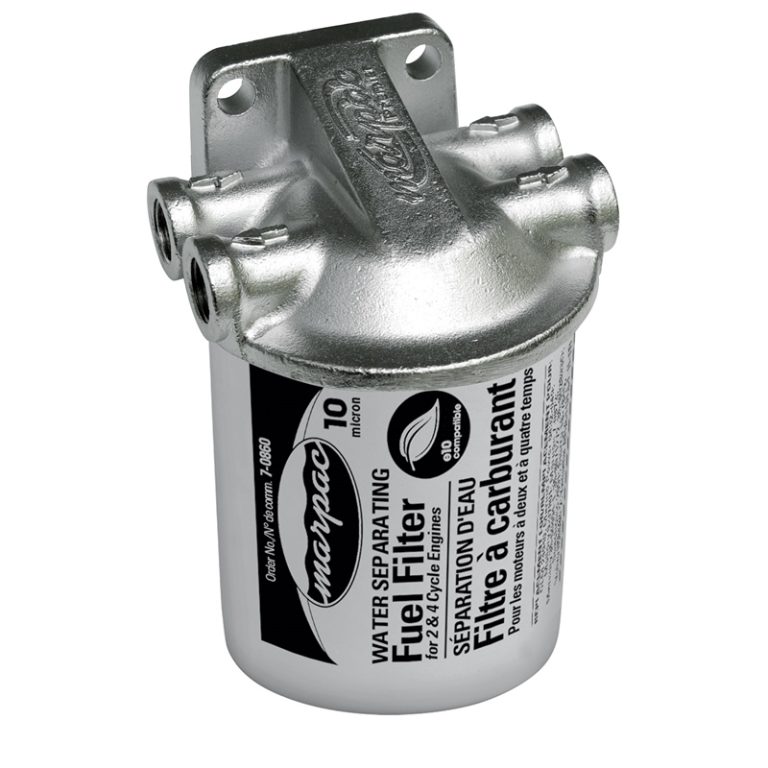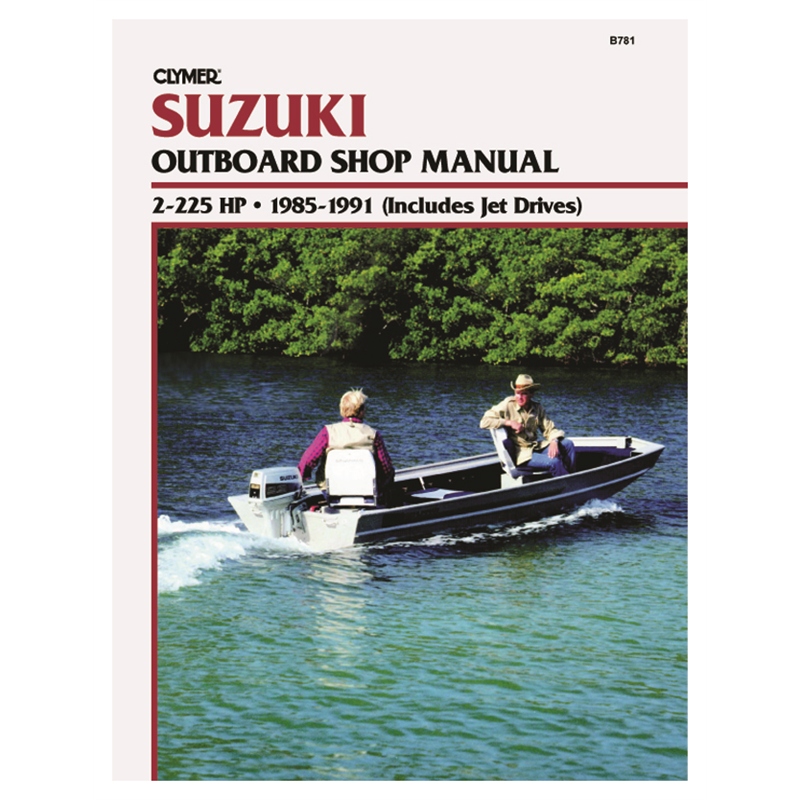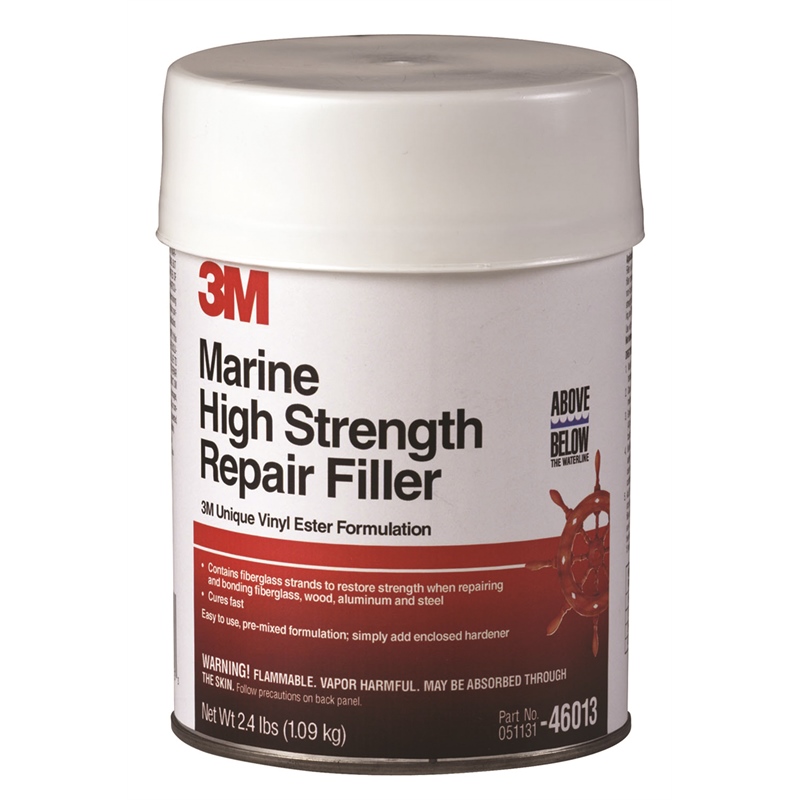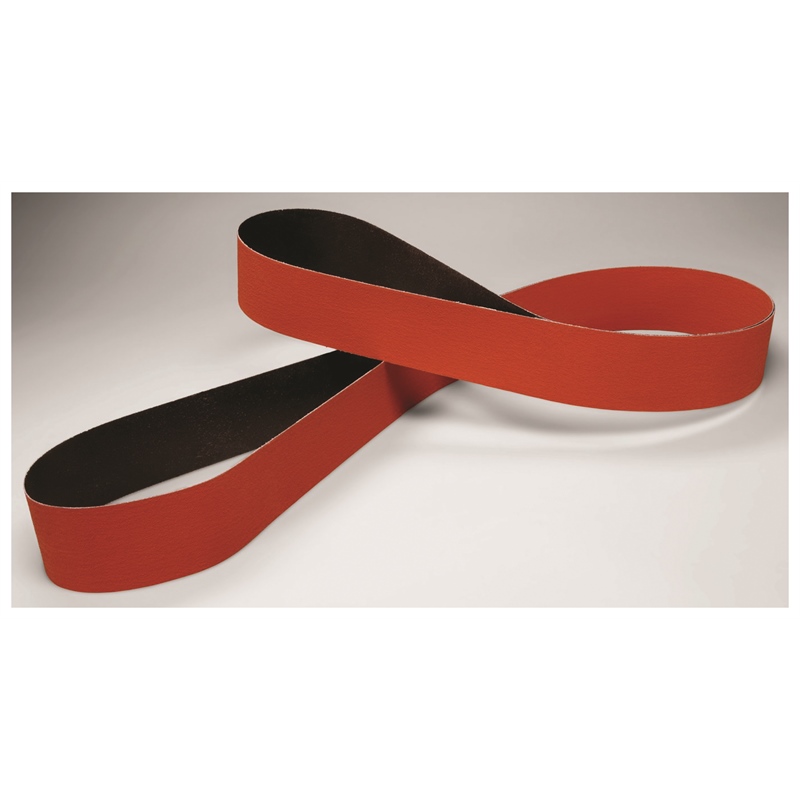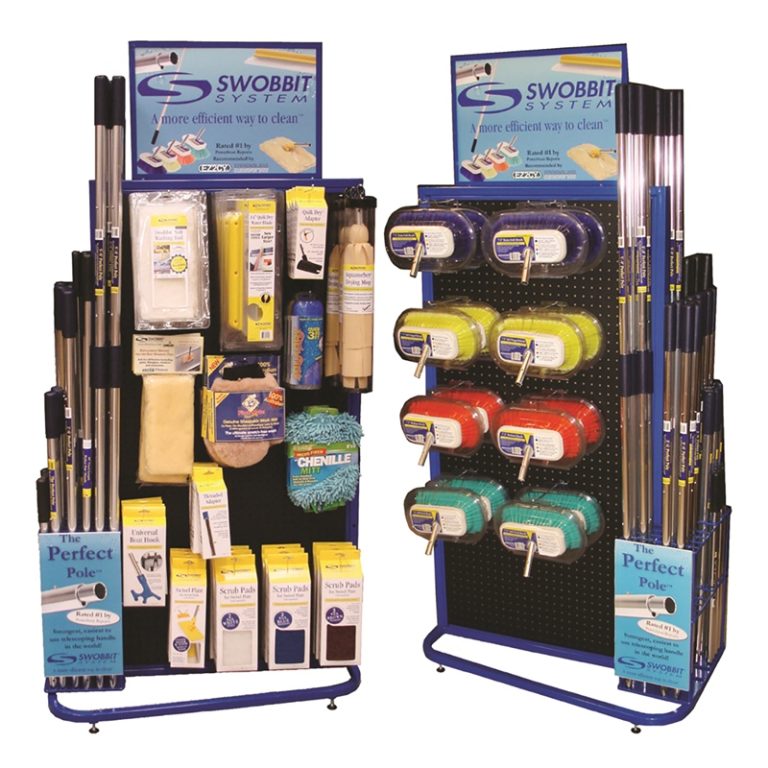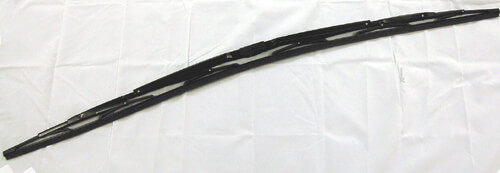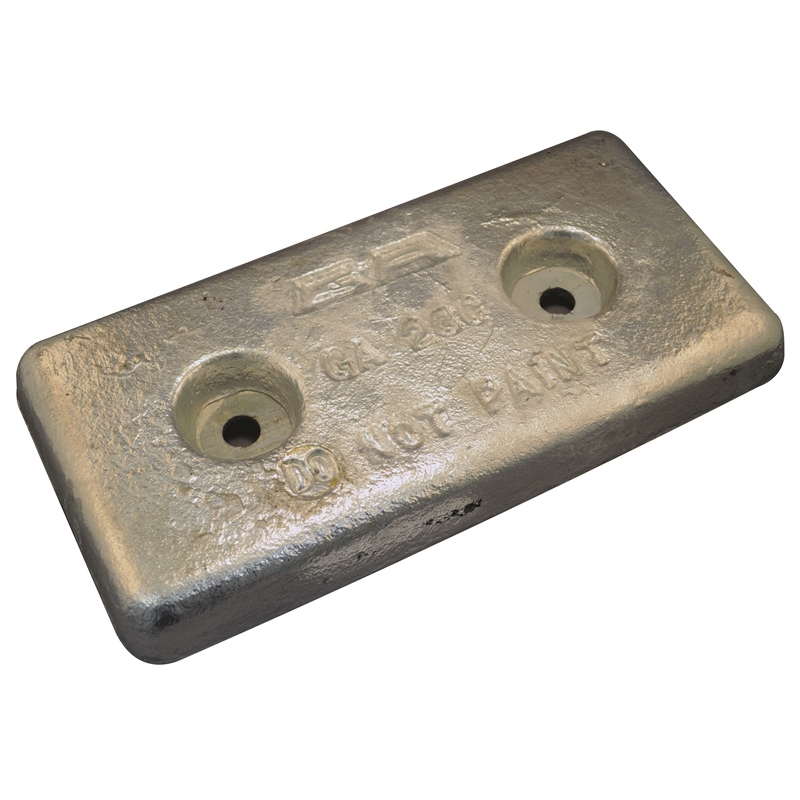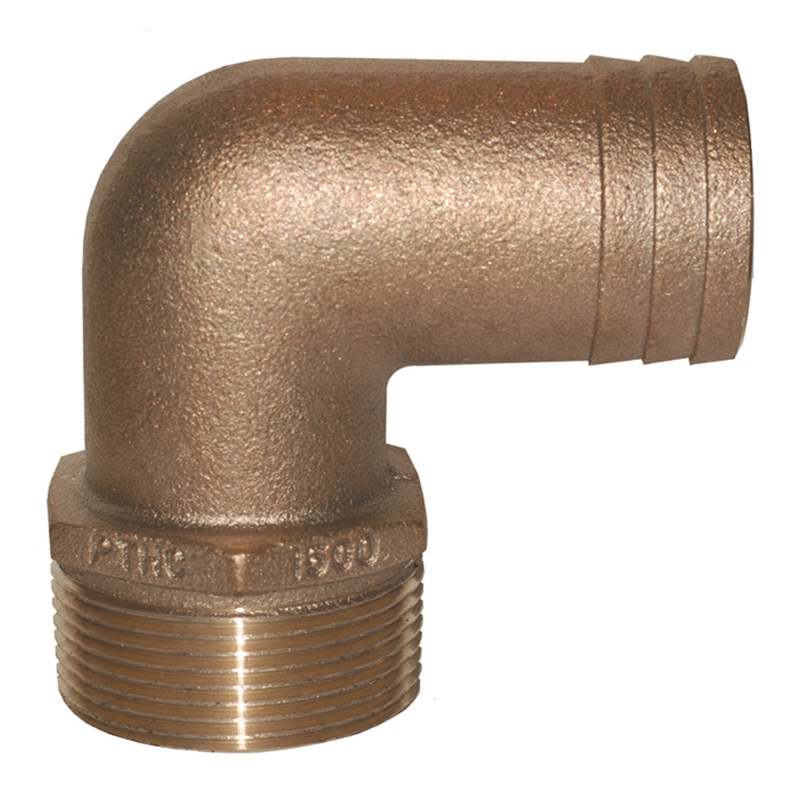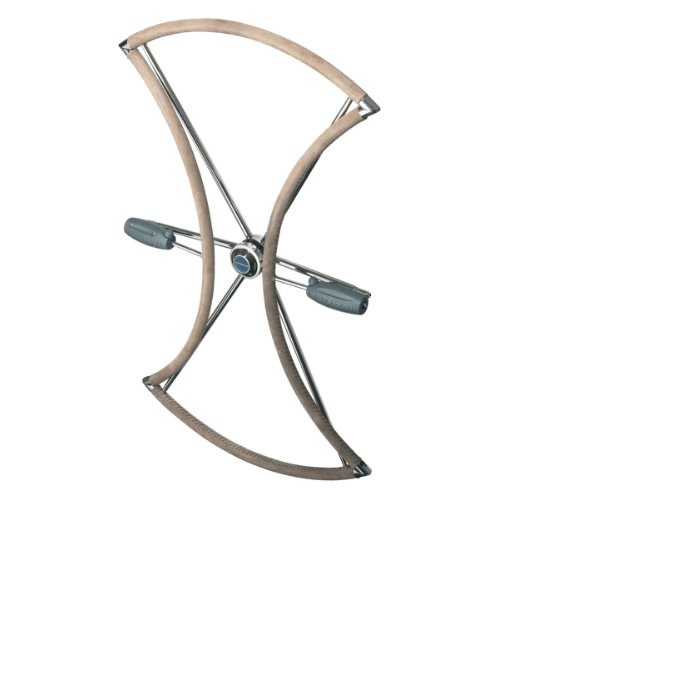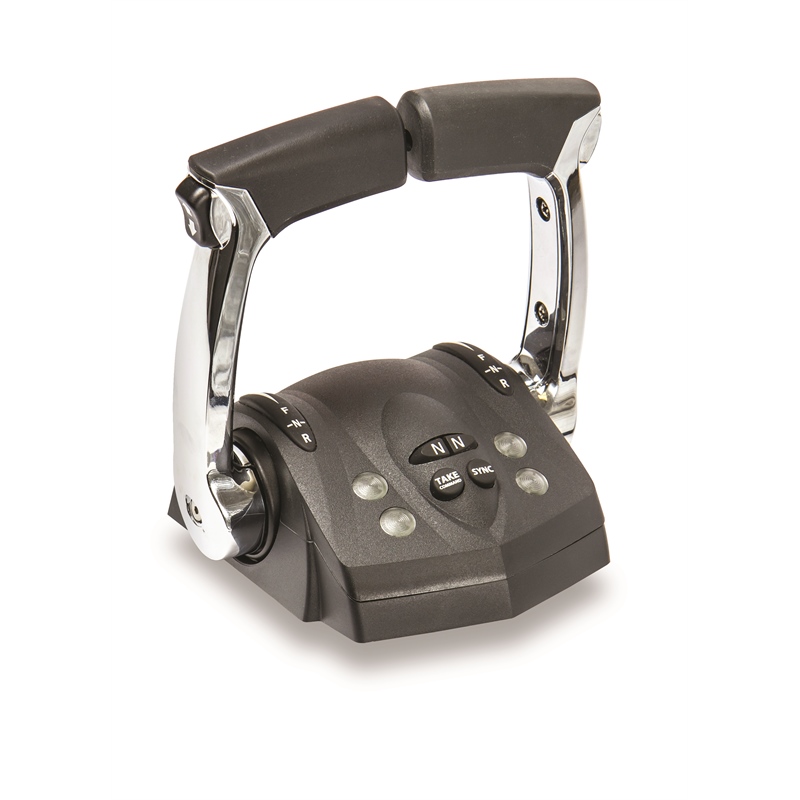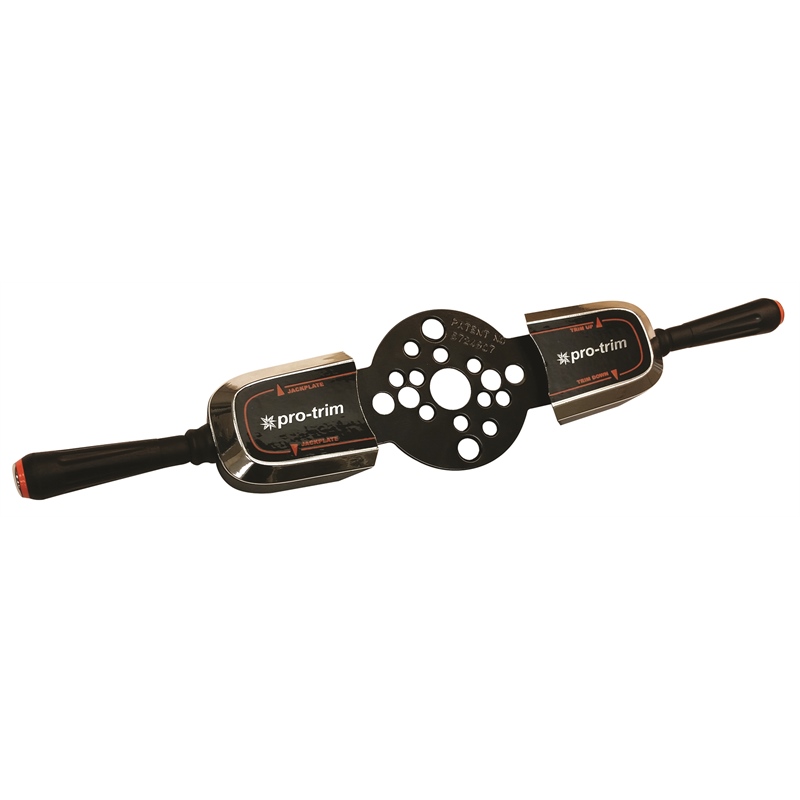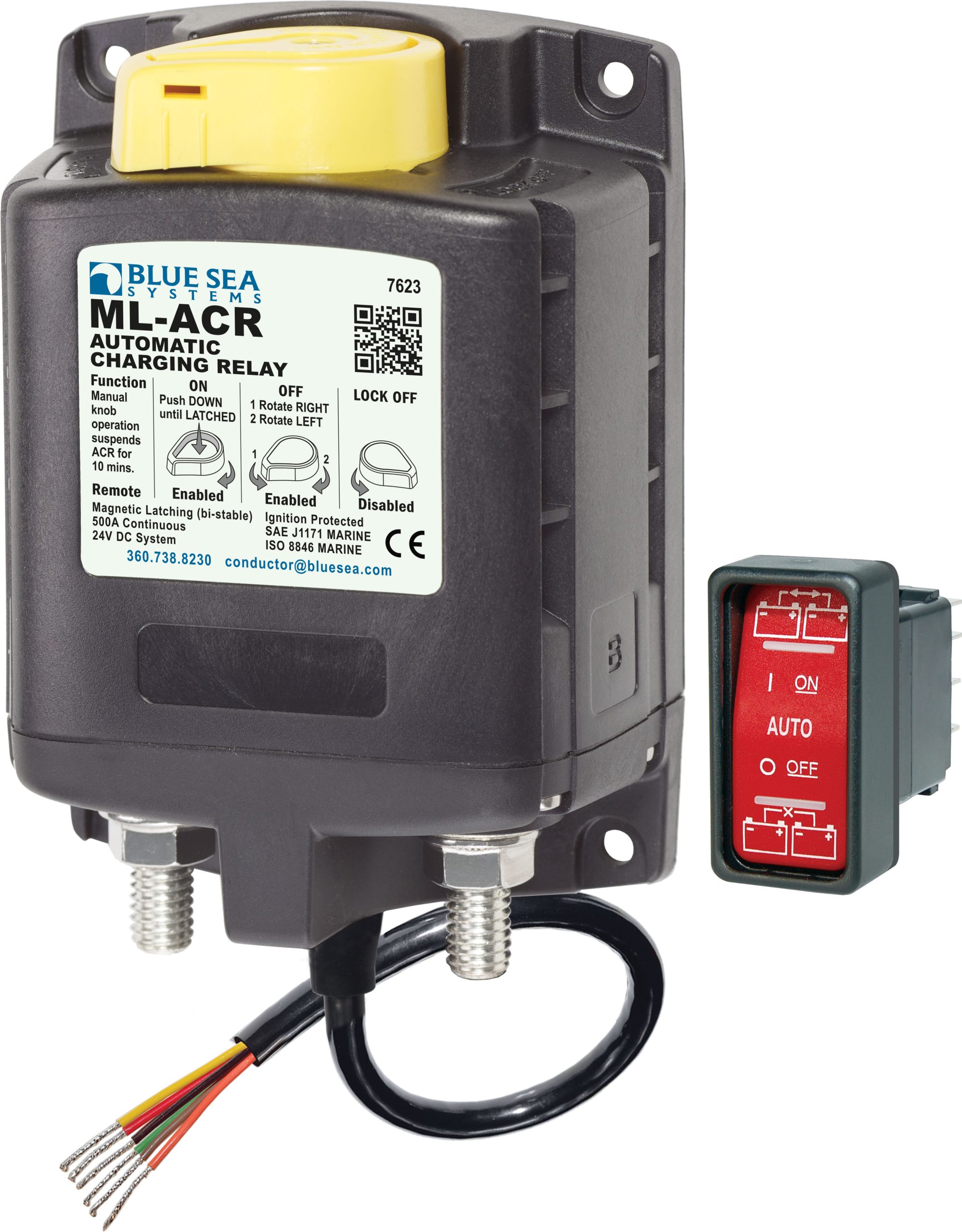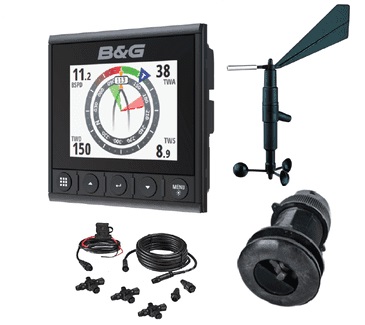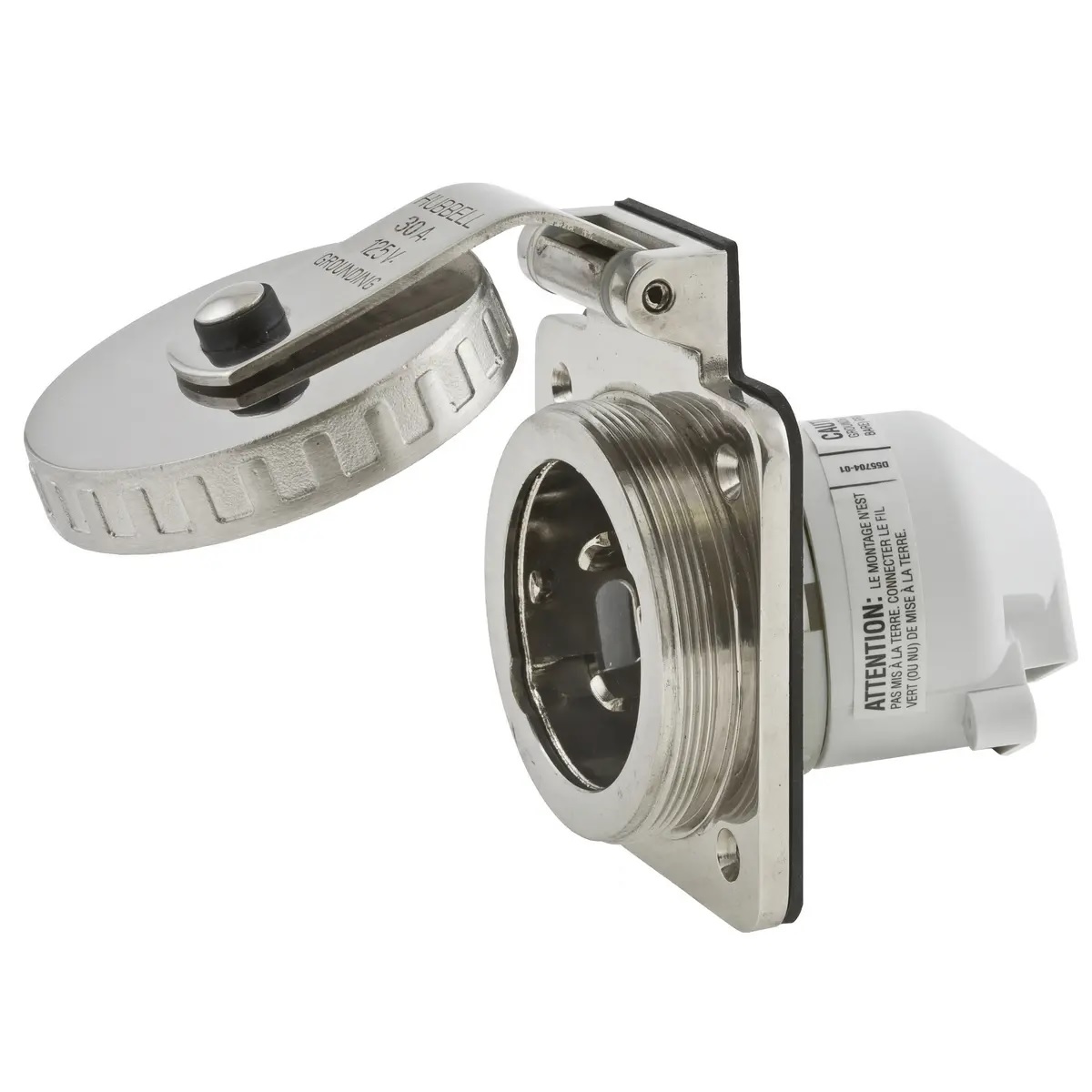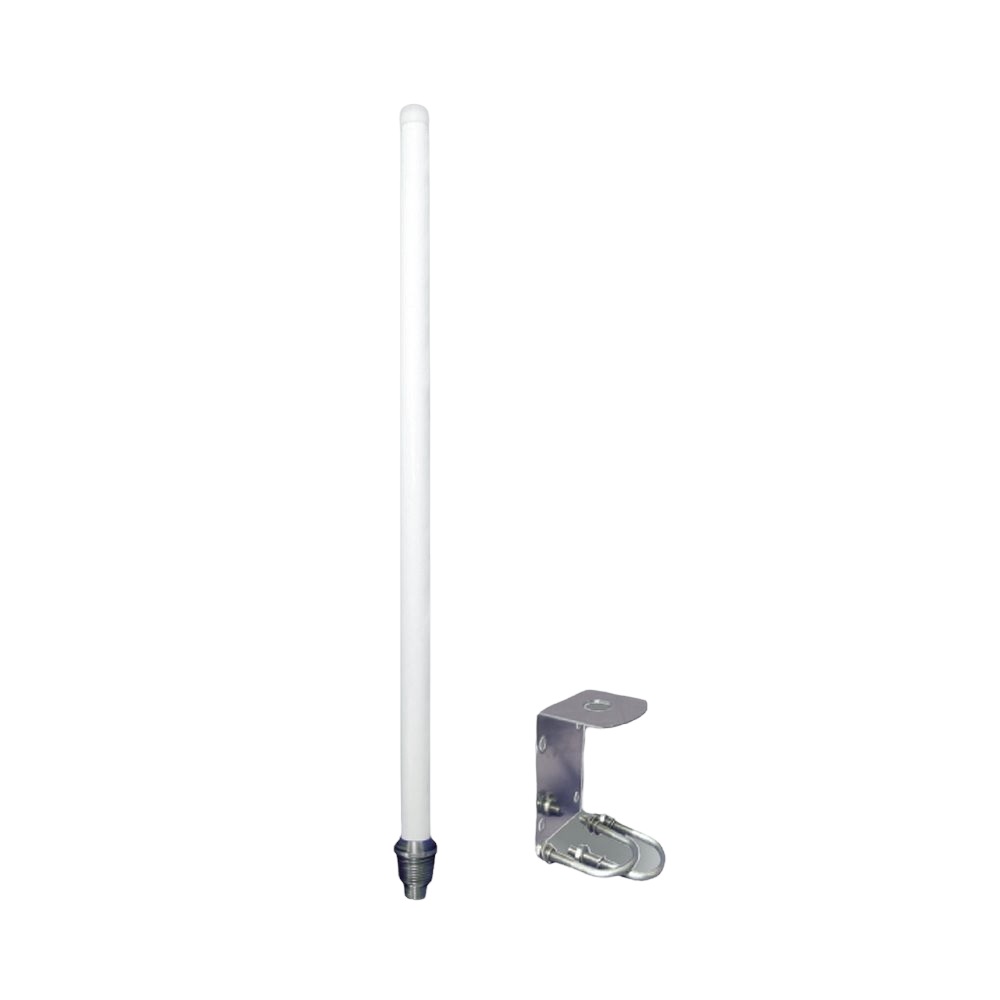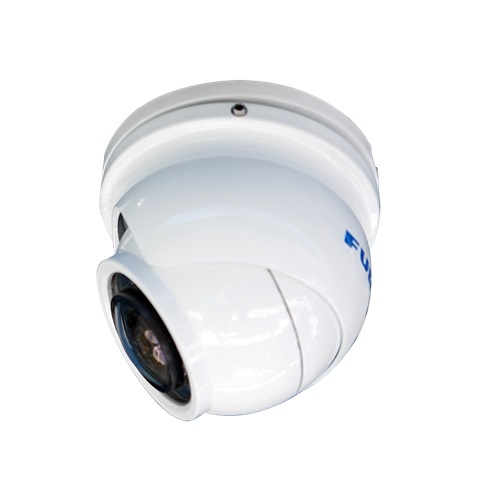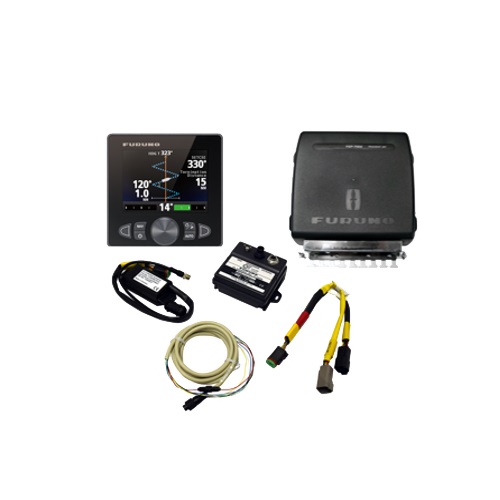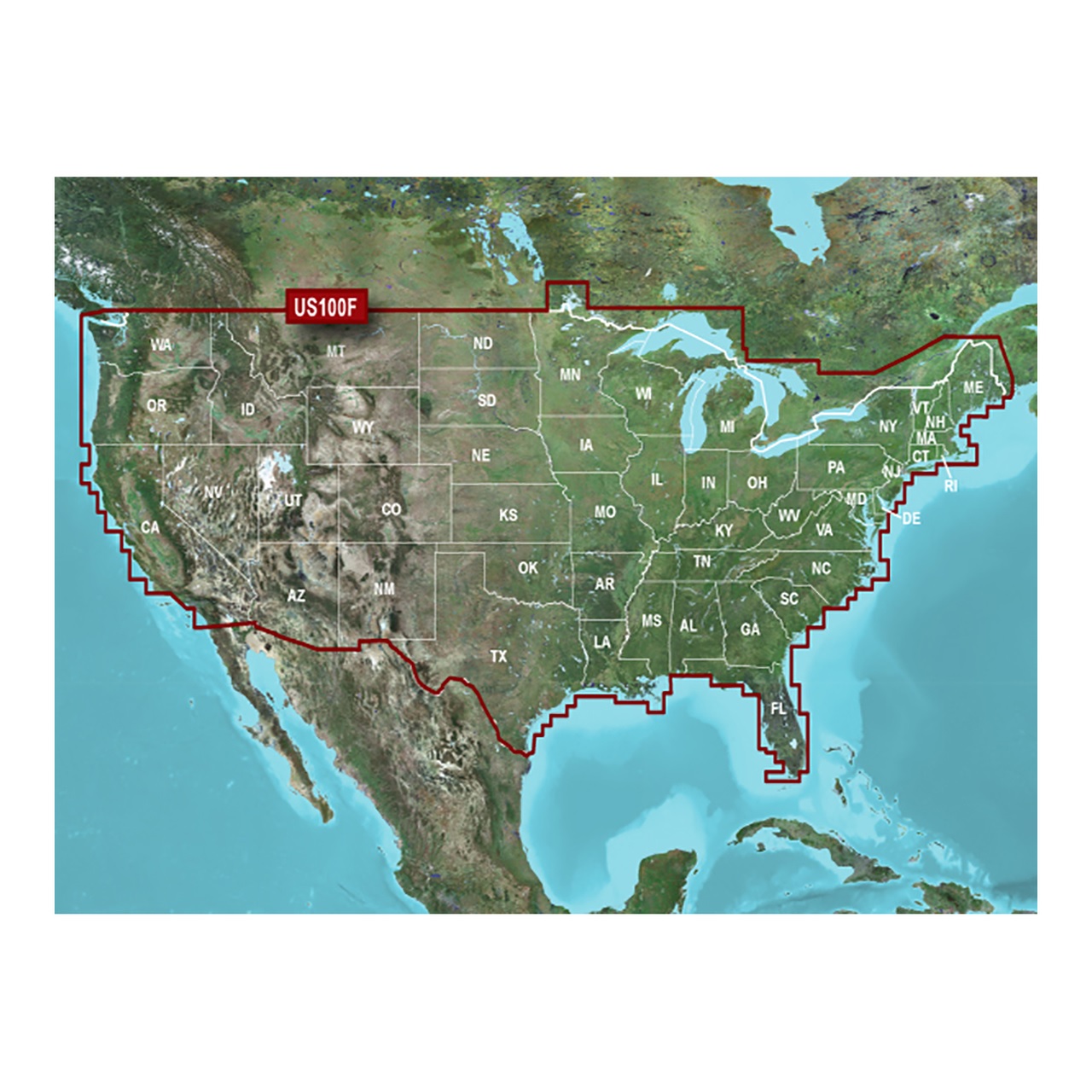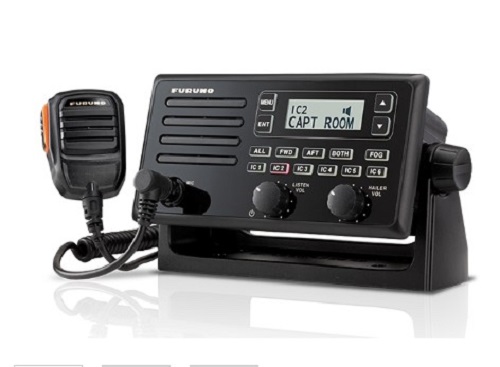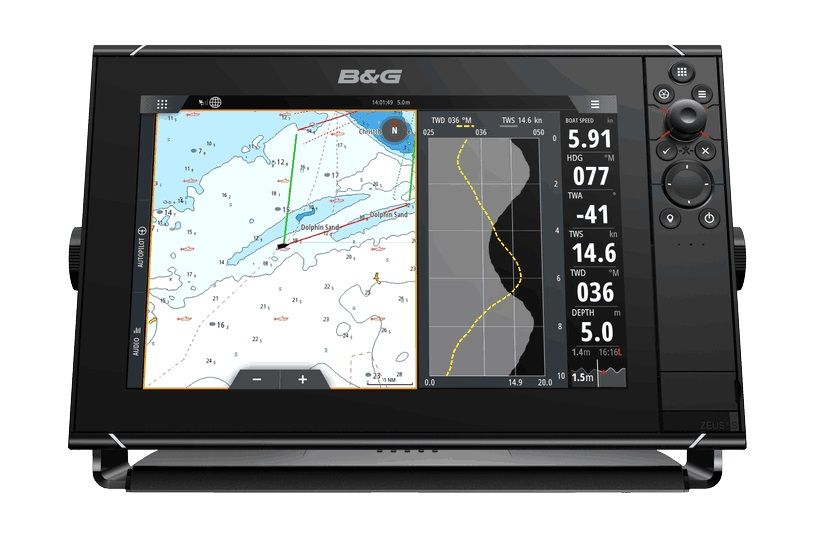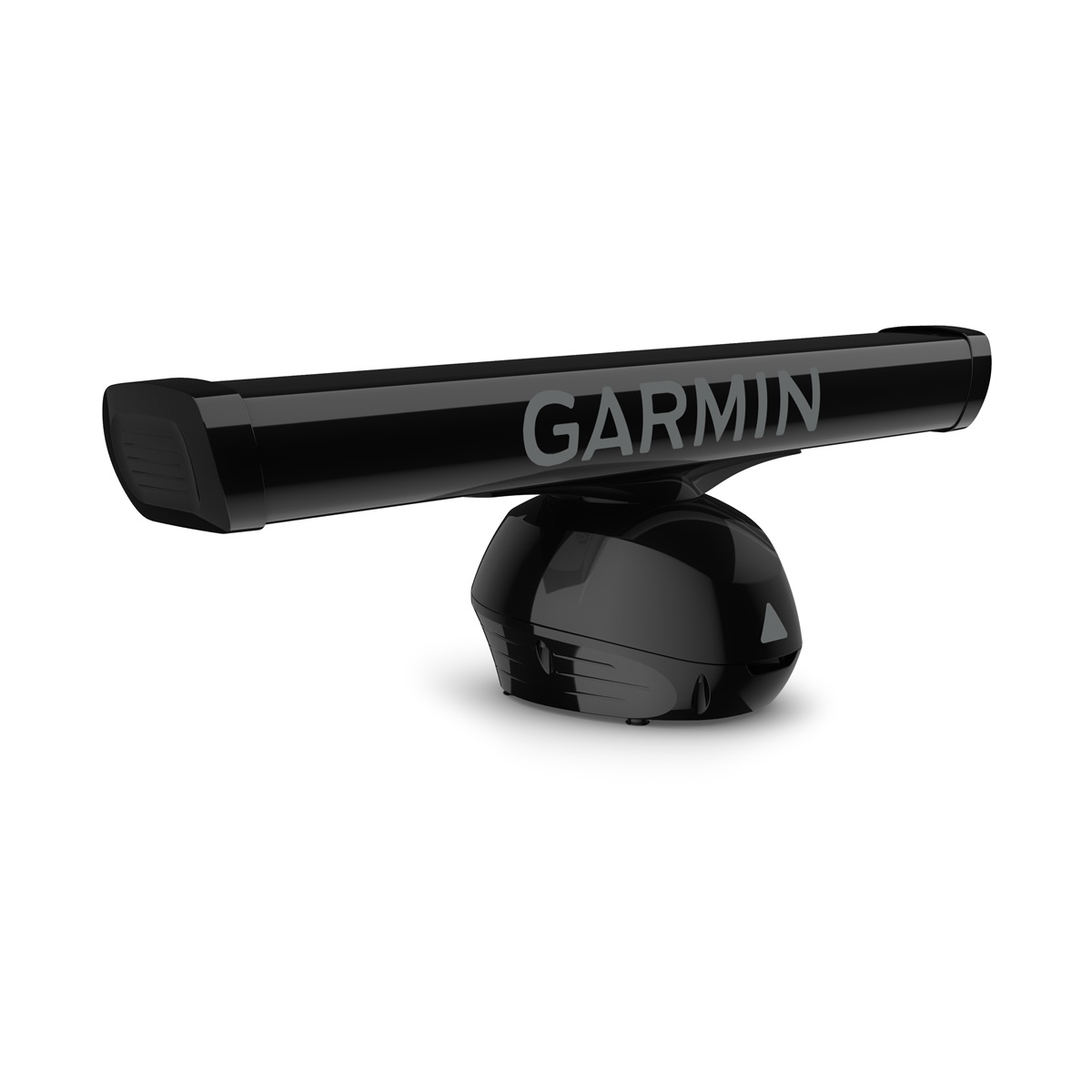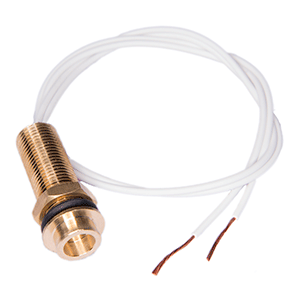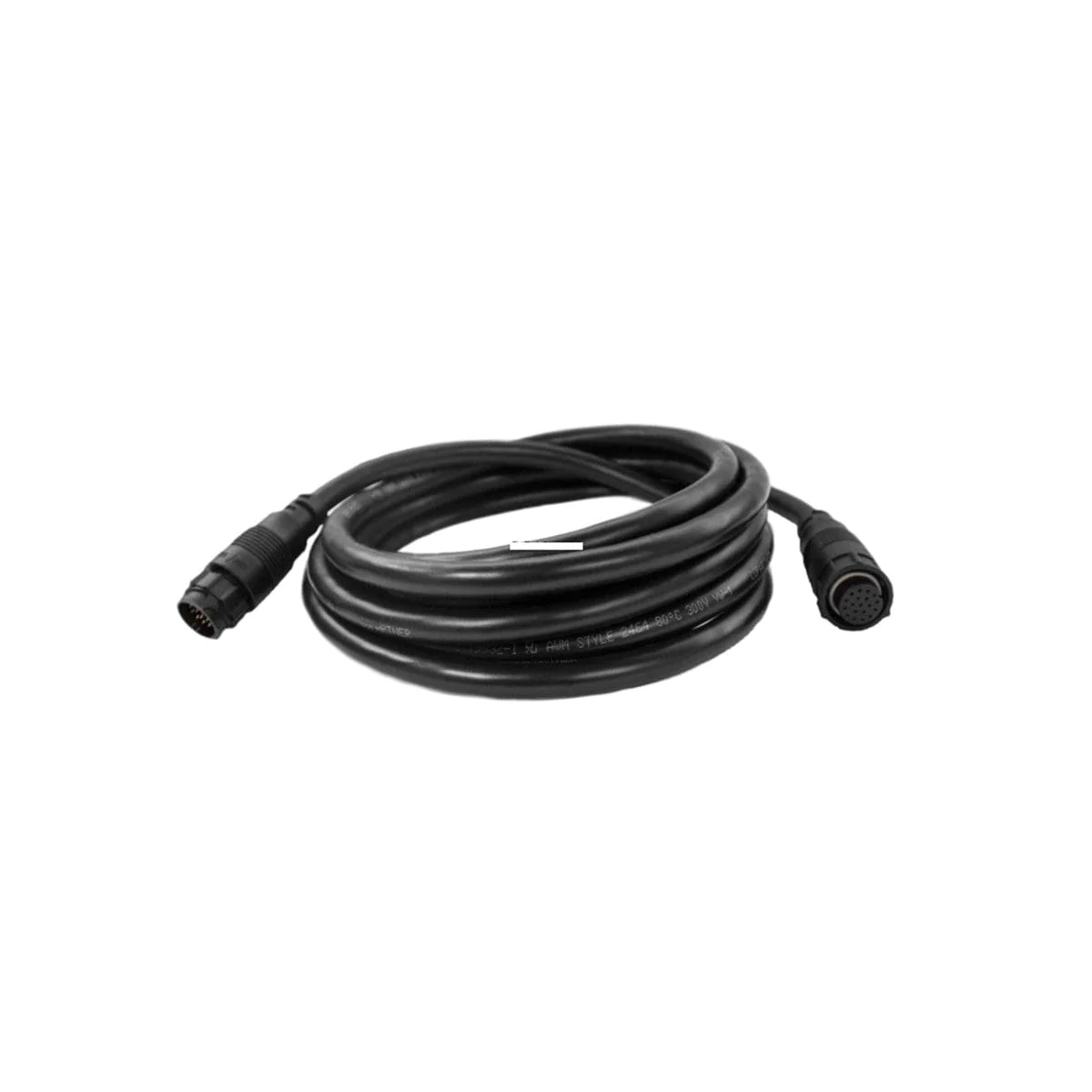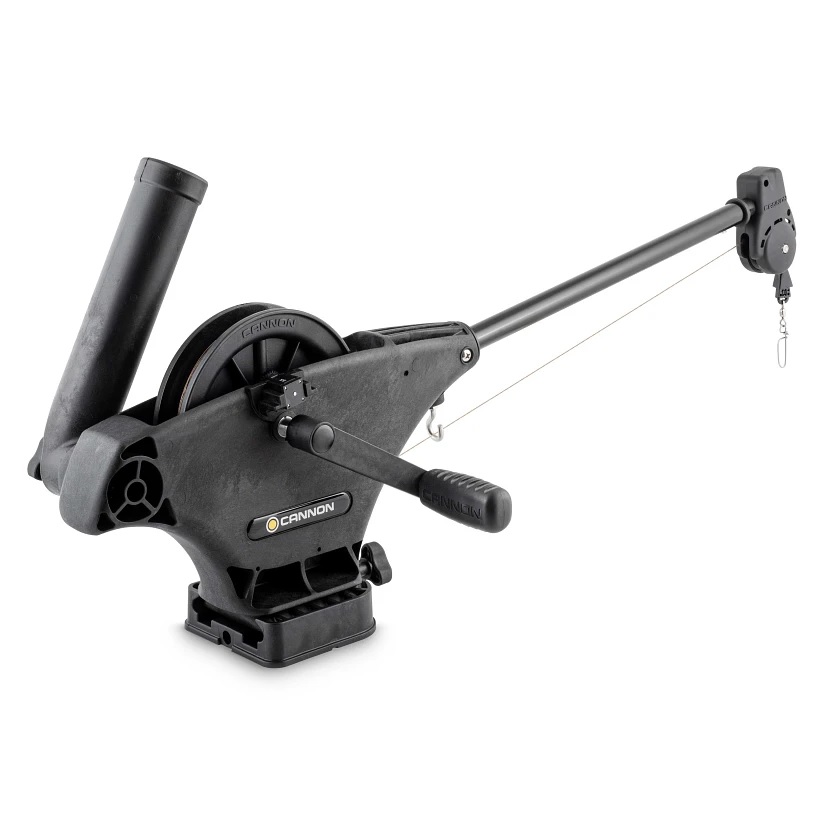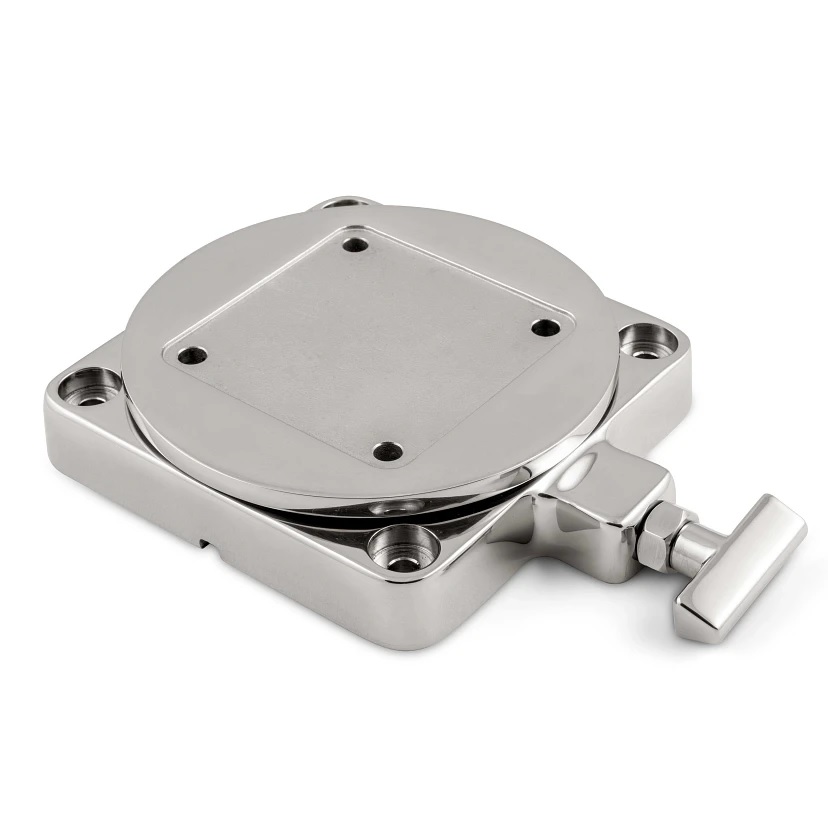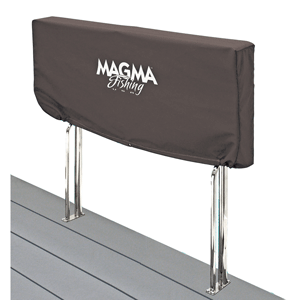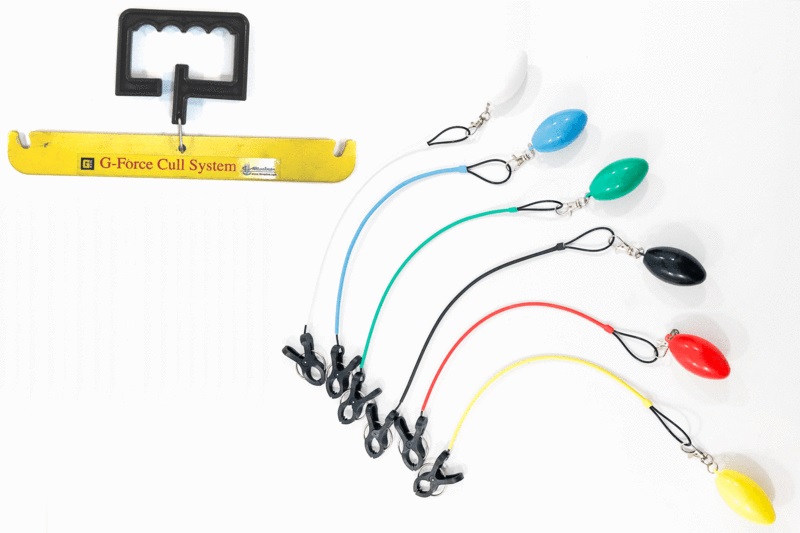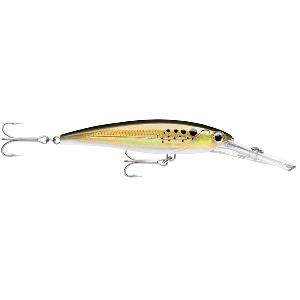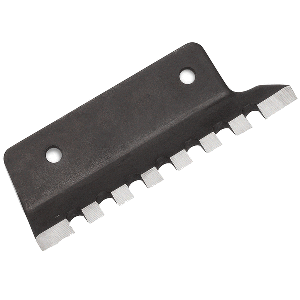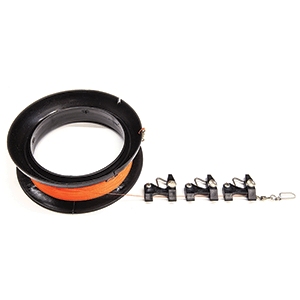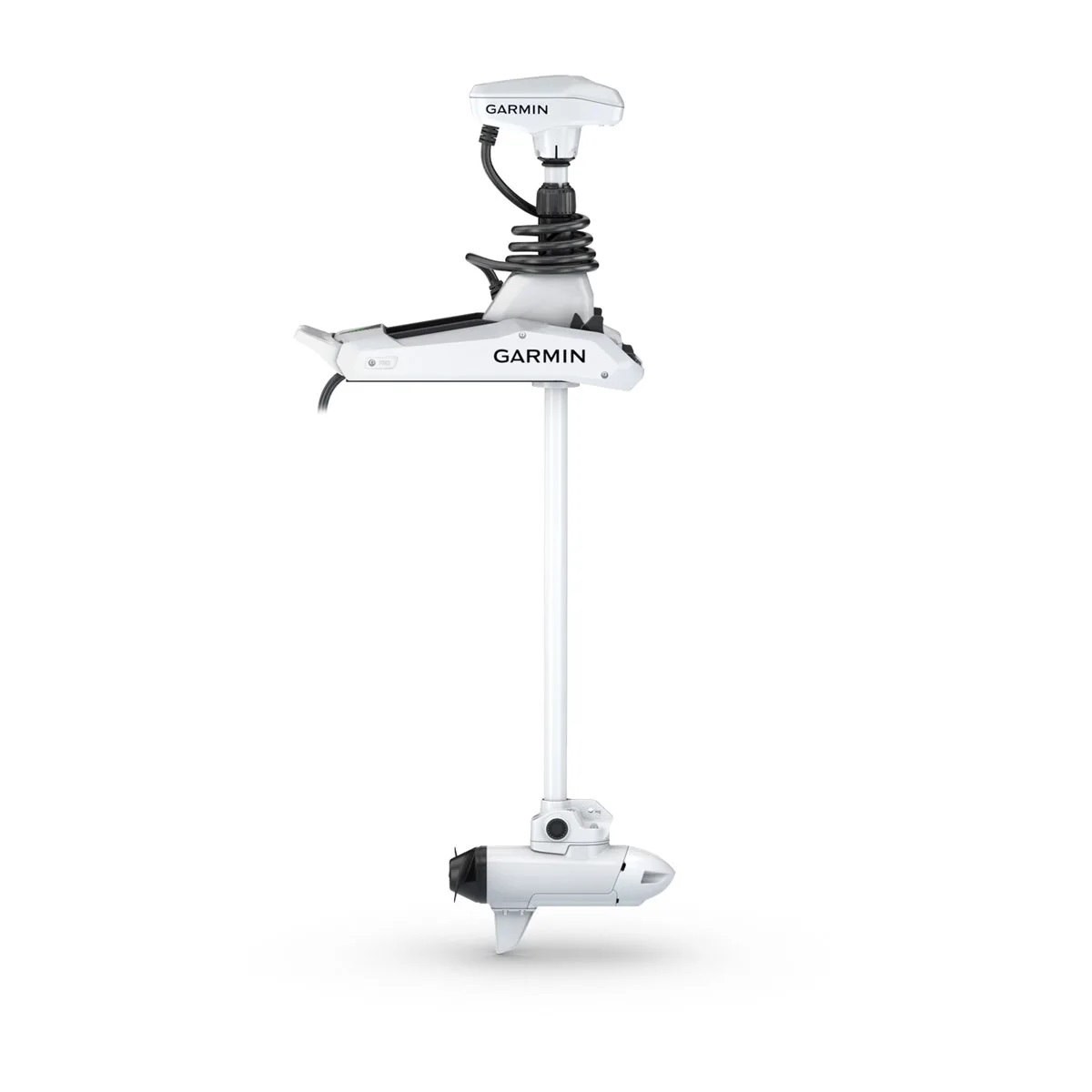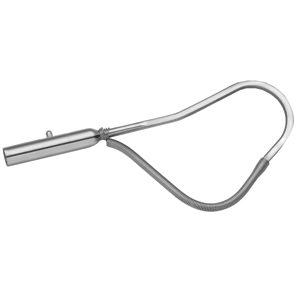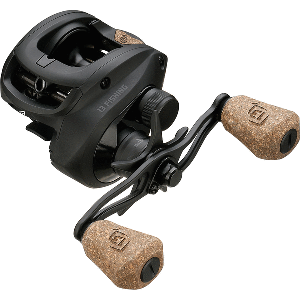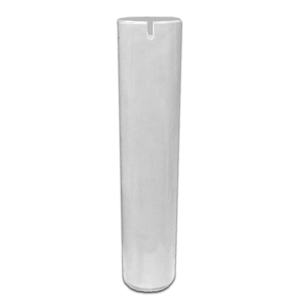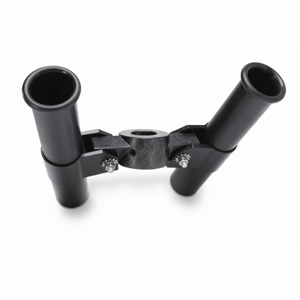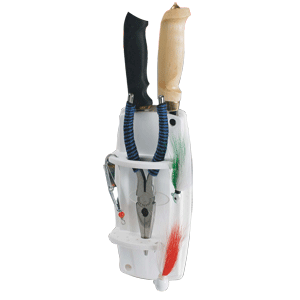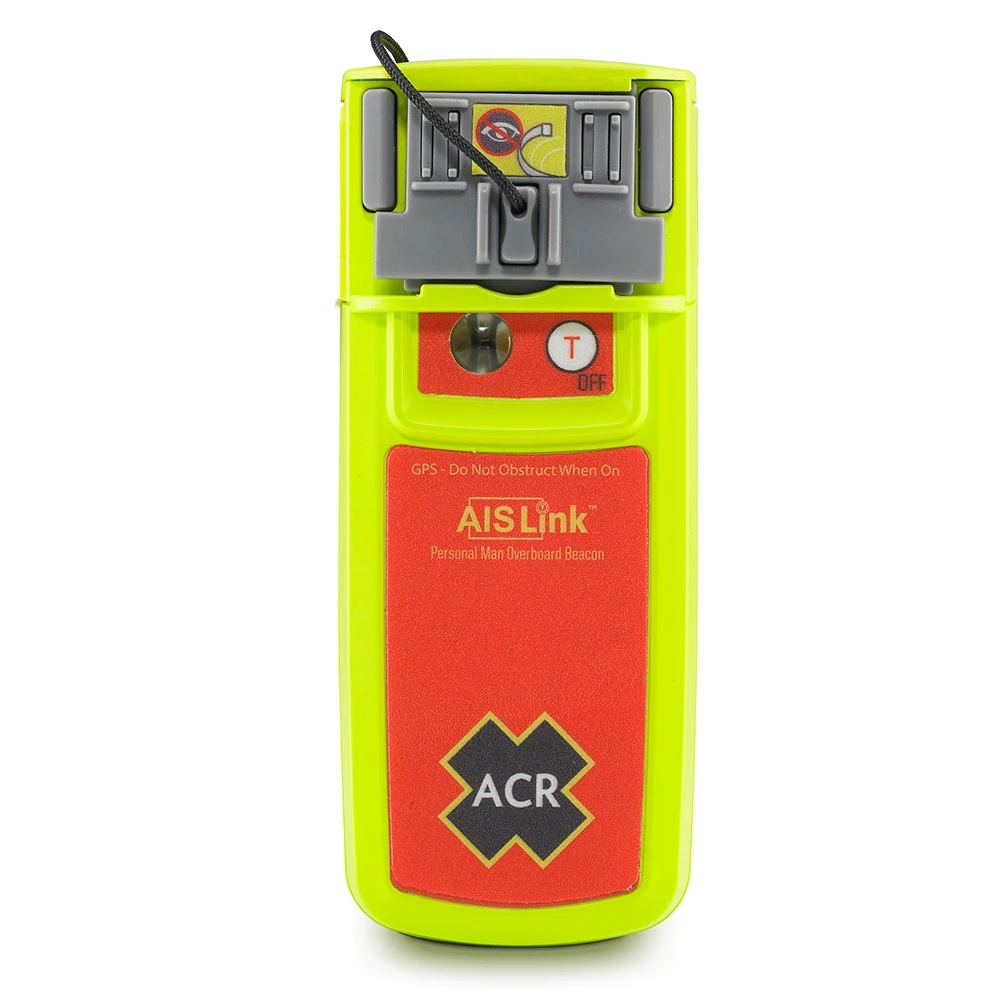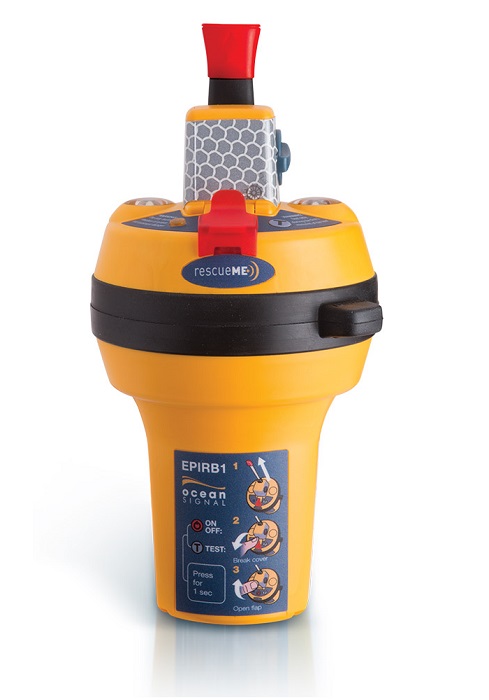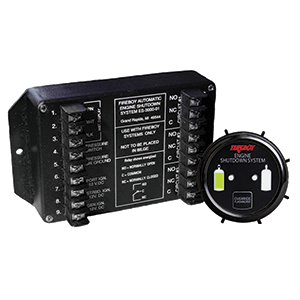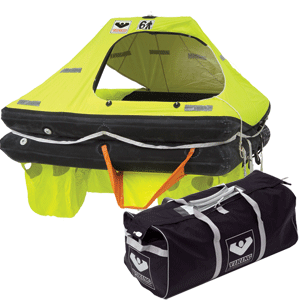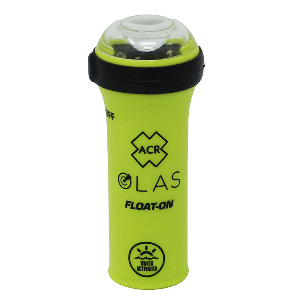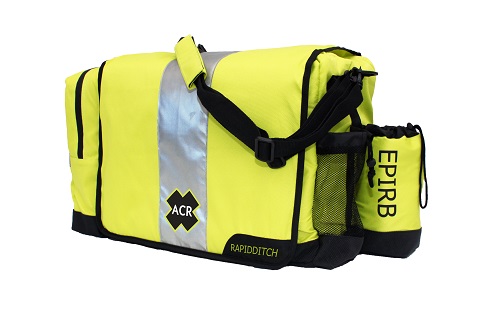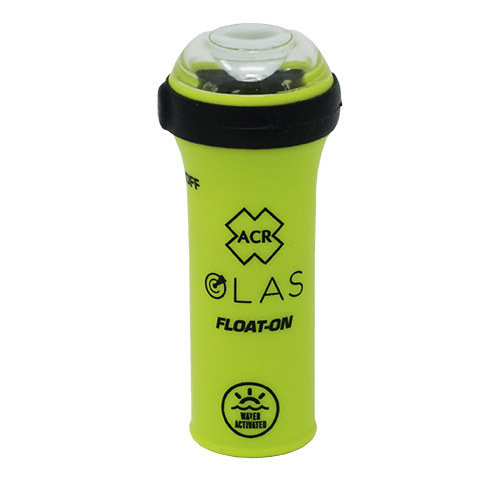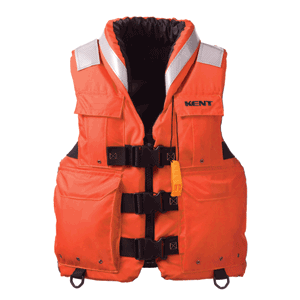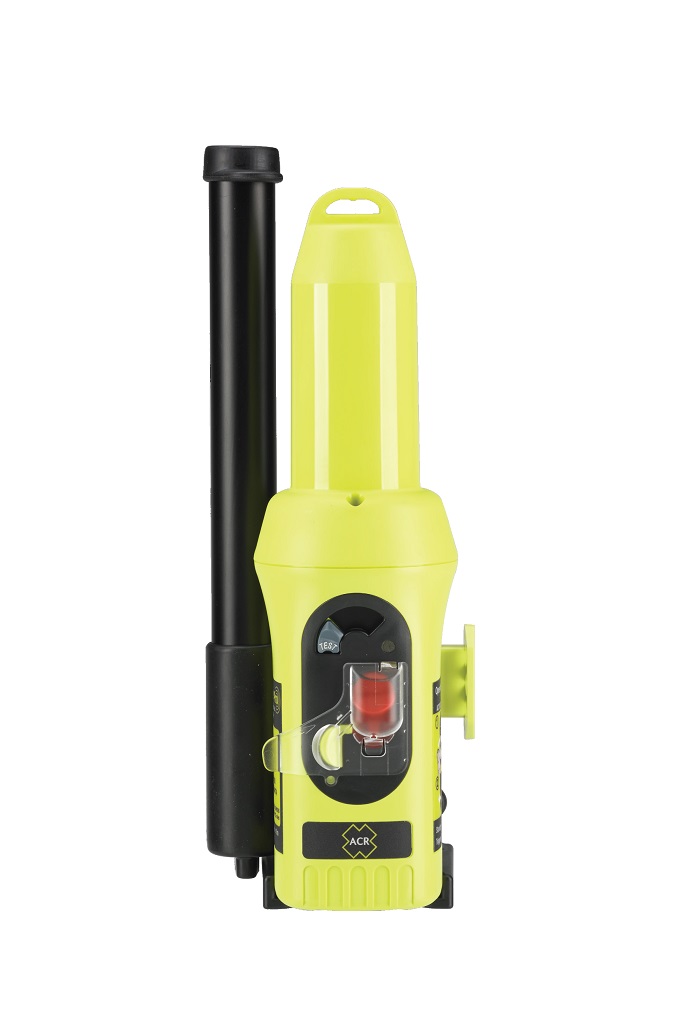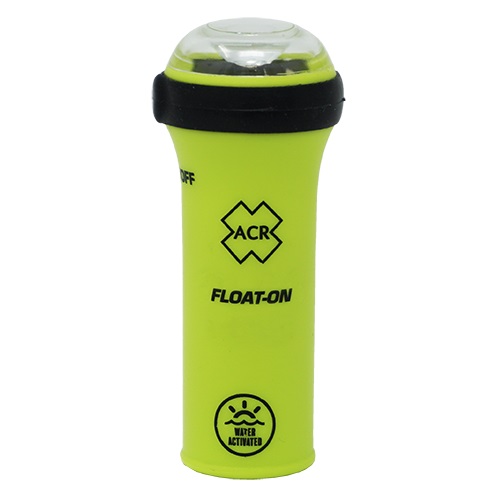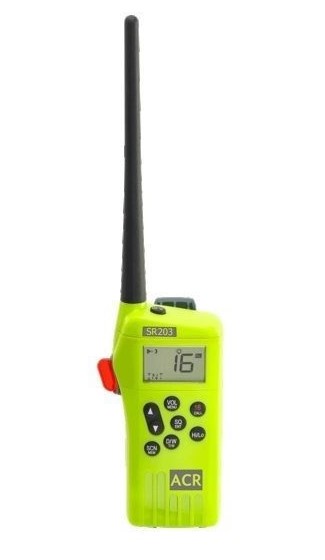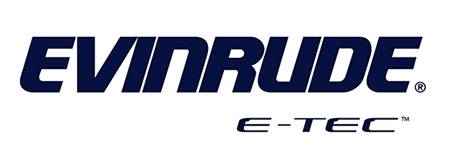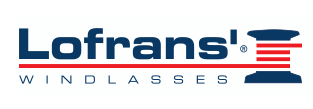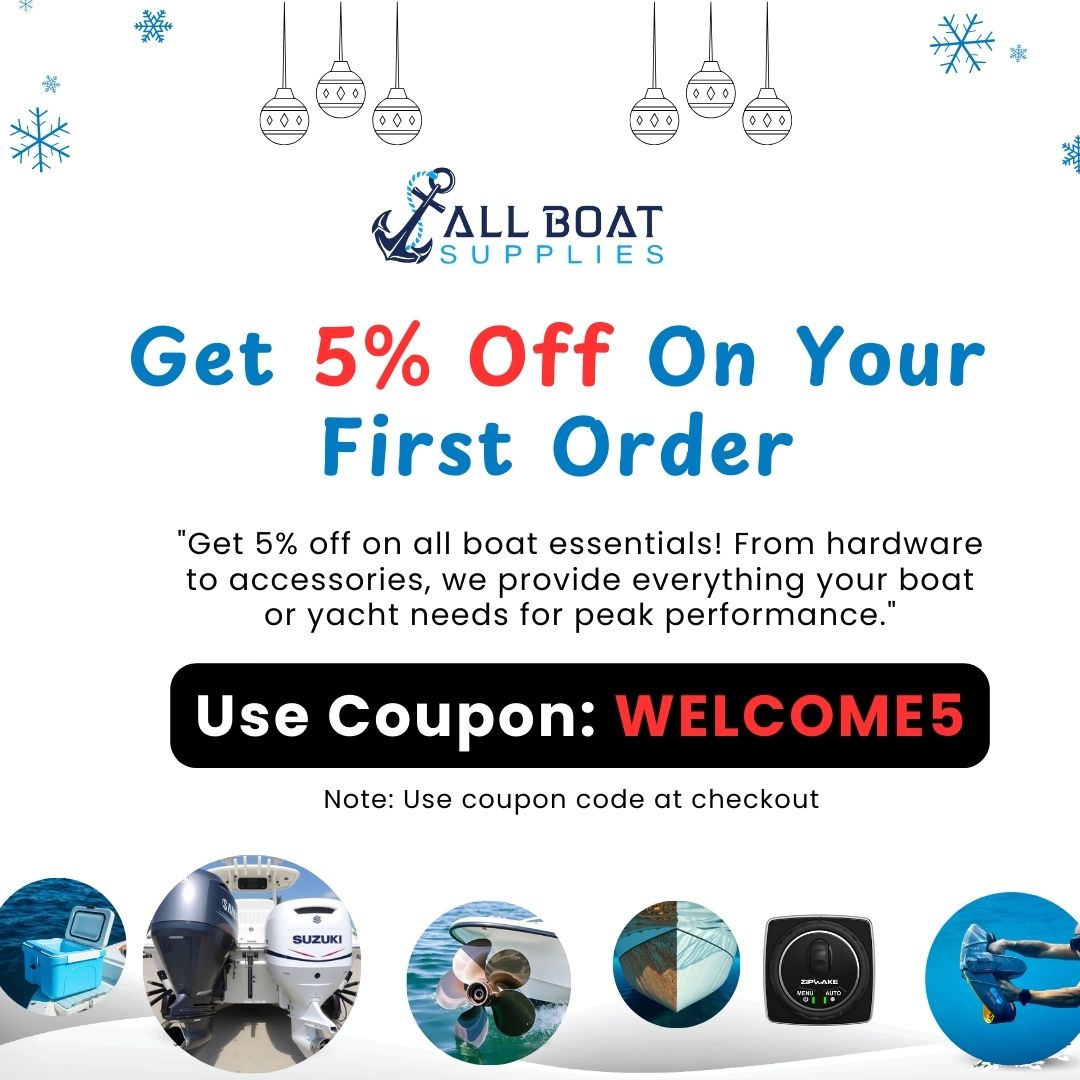Should You Upgrade Your Yamaha Lower Unit to a Big Foot Version?
Introduction
The Yamaha Big Foot lower unit is a high-performance upgrade that many boat owners consider to improve their boating experience. Whether you’re fishing, cruising, or towing, upgrading to a Big Foot version can make a noticeable difference in durability, thrust, and control. But should you upgrade your Yamaha lower unit to a Big Foot version? In this comprehensive guide, we’ll walk you through what the Big Foot lower unit is, why it matters, and whether it’s right for your boat. We’ll also provide expert insights, maintenance tips, and real-world pros and cons to help you make an informed decision.
Overview / What Is a Yamaha Big Foot Lower Unit?
The Yamaha Big Foot lower unit is a specialized version of the standard lower unit, designed primarily for heavier boats and high-demand performance situations. Unlike standard lower units, Big Foot variants come with larger gear cases, beefier internals, and oversized propellers, offering increased torque and thrust.
This upgrade is especially common among pontoon boaters, workboats, and anglers running larger aluminum boats. The Big Foot model is often found on Yamaha’s high-thrust outboards and select four-stroke engines between 60–115HP. It’s built to handle more drag and weight without sacrificing longevity or efficiency.
Benefits of Upgrading to a Yamaha Big Foot Lower Unit
Boaters choose the Big Foot lower unit for multiple performance-based reasons. Here are the top benefits:
- Increased Thrust: The oversized propeller and gearing provide better push, especially for heavier boats.
- Durability: Thicker components and reinforced housing result in a longer-lasting drive system.
- Enhanced Control: Better maneuverability in wind and current due to increased lower unit surface area.
- Fuel Efficiency: More efficient thrust reduces the strain on your engine.
For those who routinely operate under heavy load or tow frequently, upgrading to a Big Foot may not just be an improvement—it might be essential.
Common Applications for Yamaha Big Foot Lower Units
Big Foot units shine in specific use cases. Here’s where they perform best:
- Pontoon Boats: Increased drag requires higher thrust, making Big Foot ideal.
- Barges and Workboats: Heavy-duty performance in industrial use.
- High-Load Recreational Boats: Boats with added features or gear benefit from better low-end torque.
In saltwater and freshwater alike, these use cases make the upgrade worth considering, particularly when you prioritize torque over top speed.
Downsides and Considerations Before Upgrading
While a Yamaha Big Foot lower unit upgrade can be beneficial, it’s not without its caveats. Here are some cons to consider:
- Cost: Big Foot units typically cost more than standard units, both in initial price and parts.
- Top Speed Reduction: Due to their size and design, you may lose a bit of top-end speed.
- Fitment Issues: Not all Yamaha outboards are compatible with Big Foot conversions.
We recommend verifying compatibility with your current engine model before committing to the purchase. Consult with certified Yamaha technicians when in doubt.
Maintenance Tips
Proper maintenance ensures longevity and optimal performance of your Yamaha Big Foot lower unit. Here are the best practices:
- Regular Gear Oil Changes: Change lower unit gear oil every 100 hours or once a season.
- Inspect Propeller Shaft: Remove the propeller periodically and check for fishing lines or damage.
- Flush After Each Use: Especially important in saltwater environments to prevent corrosion.
- Check Seals and Gaskets: Regularly inspect for leaks to avoid water intrusion in gear housing.
Following these steps minimizes unexpected failures and extends the life of your investment.
How to Install a Yamaha Big Foot Lower Unit
If you’re planning to perform the installation yourself, here’s a quick overview:
- Disconnect battery and trim the motor up.
- Drain the existing gear oil from the current lower unit.
- Remove the bolts connecting the lower unit to the midsection.
- Slide off the old lower unit and align the drive shaft and shift rod of the Big Foot unit.
- Install and torque bolts to factory specifications.
- Refill with marine-grade lower unit oil and test in water.
For non-mechanics, hiring a marine technician is strongly recommended to avoid misalignment or premature failure.
Expert Advice and Pro Recommendations
We reached out to seasoned marine technicians and Yamaha specialists. Here’s what they had to say:
“For any boat that’s underpowered or pushing heavy loads, the Big Foot is a game changer,” says Tim Holloway, a certified Yamaha technician. “Just make sure your outboard model can handle it before making the switch.”
Our internal recommendation: If you frequently tow, carry a full load of gear, or deal with strong currents, upgrading to a Yamaha Big Foot lower unit may offer significant handling and performance benefits.
Yamaha Big Foot Lower Unit Cost and Durability
Prices range from $1,100–$2,300 depending on compatibility, condition (new or remanufactured), and seller. On average, Big Foot lower units outlast standard models due to their heavy-duty internals. Most owners report needing fewer repairs over a 5–7 year span.
Durability tip: Stick with OEM or trusted aftermarket suppliers like allboatsupplies.com for best results and warranty protection.
Detailed FAQ Section
Is a Yamaha Big Foot Lower Unit Compatible with My Engine?
Compatibility depends on your outboard’s HP, model year, and shaft length. Big Foot lower units are commonly compatible with 60HP–115HP four-stroke Yamaha engines, especially those labeled “high thrust.” Check your engine’s service manual or consult your dealer before purchasing. You’ll need to ensure the gear ratio matches your powerhead, or you risk performance issues and warranty voids.
How Does a Big Foot Lower Unit Affect Fuel Efficiency?
The larger gear case and propeller typically improve fuel economy at lower speeds by pushing more water with less effort. However, at higher speeds, the added drag can slightly reduce efficiency. On average, most users see a net gain in fuel savings when operating at cruising speeds. This makes the Big Foot ideal for trolling, heavy loads, and long-distance cruising.
Can I Use a Standard Propeller with a Big Foot Lower Unit?
No. Yamaha Big Foot units require oversized propellers to work efficiently with the gear ratios and torque output. Using a standard propeller could result in cavitation, poor acceleration, and even mechanical failure. Always use the recommended prop size, typically 13″–14.5″ diameter with higher pitch blades for optimal performance. Consult your propeller guide or dealer for specifics.
What Maintenance Is Different with a Big Foot Unit?
Maintenance is largely similar to standard units, with the key difference being that Big Foot units may require more frequent checks on seals and gear oil due to higher torque loads. Also, flushing and inspecting the prop shaft for fishing line is more critical, especially in weedy or rocky areas. Consider investing in a magnetic drain plug to monitor gear wear over time.
Is It Worth Upgrading to a Yamaha Big Foot Lower Unit?
Yes—if your boating style includes towing, heavy loads, or regular rough water conditions. The benefits in torque, thrust, and reliability often outweigh the cost for frequent boaters. However, if speed is your priority or you own a lightweight hull, the upgrade may not provide significant gains. Ultimately, the decision depends on your engine compatibility and usage needs. Always consult with a marine expert or certified Yamaha dealer before upgrading.
Special Offer
WELCOME5 – Get 5% off storewide at allboatsupplies.com
And upto 10% additional off on all lower units
-
Yamaha Aftermarket Lower Unit Replaces 75-100HP (2 & 4 Stroke) – 2.0/2.3 Gear Ratios, 18 Spline, 20/25″ Shafts – SEI-90-404
-
Yamaha Aftermarket Lower Unit Replaces 115-130HP 4-Stroke – Fits 20/25″ Shafts – SEI-90-405
-
Yamaha 90° Aftermarket Lower Unit Replaces 150-200HP (2 & 4 Stroke) – Fits 20/25″ Shafts – SEI-90-416
-
Yamaha 150–200HP Lower Unit 4-Stroke – 20/25″ Shaft – F150/F175/F200 Series (2004–2024) – New/Remanufactured – YA-G4-06
Conclusion
Deciding whether to upgrade your Yamaha lower unit to a Big Foot version boils down to your boating habits. For those needing more thrust, improved handling, and greater durability, it’s a highly worthwhile investment. However, careful compatibility checks and proper maintenance are key to maximizing its benefits. Use the tips above to guide your purchase and consult expert technicians for a safe, optimized setup.
To explore trusted, high-quality Yamaha Big Foot lower units, check out AllBoatSupplies.com and take advantage of their ongoing offers.
Read More
For more helpful marine maintenance guides, check out our article on Should You Replace or Rebuild a Yamaha Lower Unit?.


